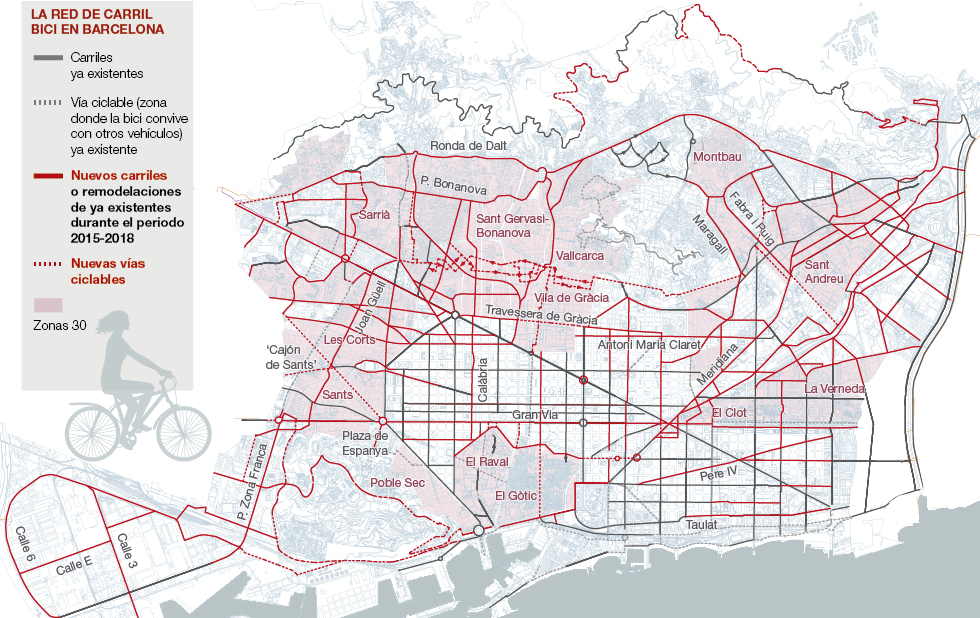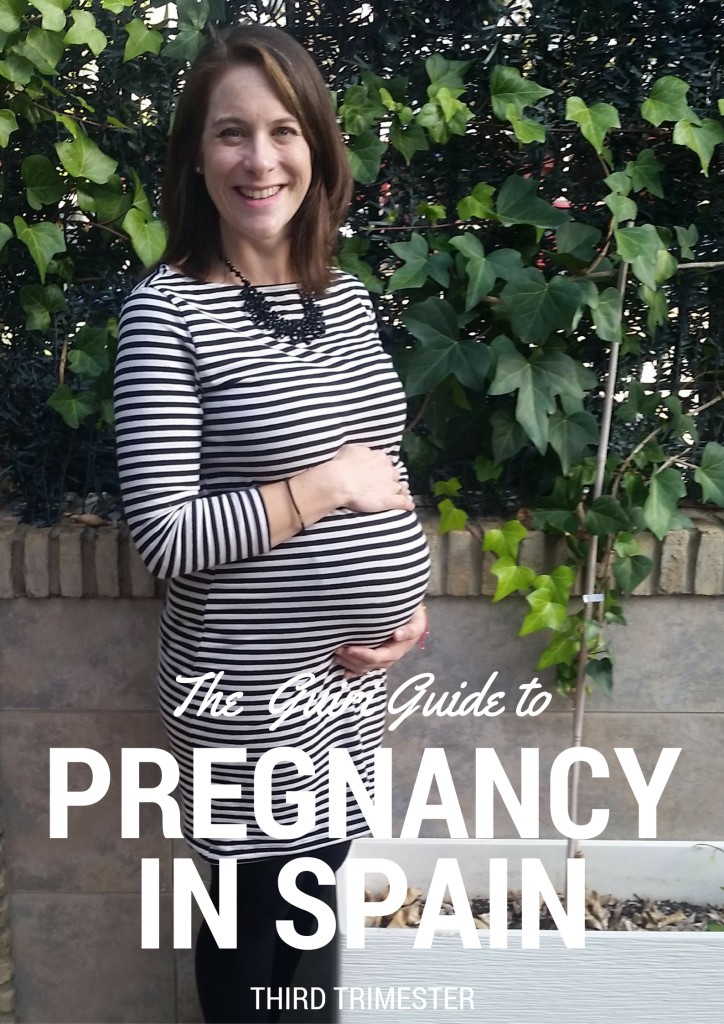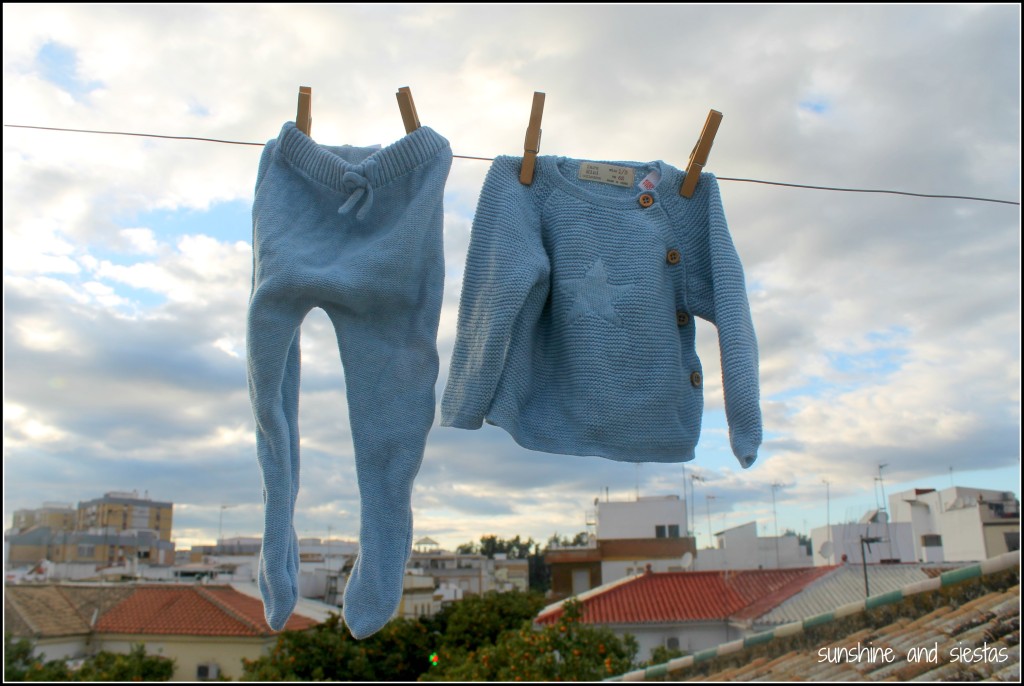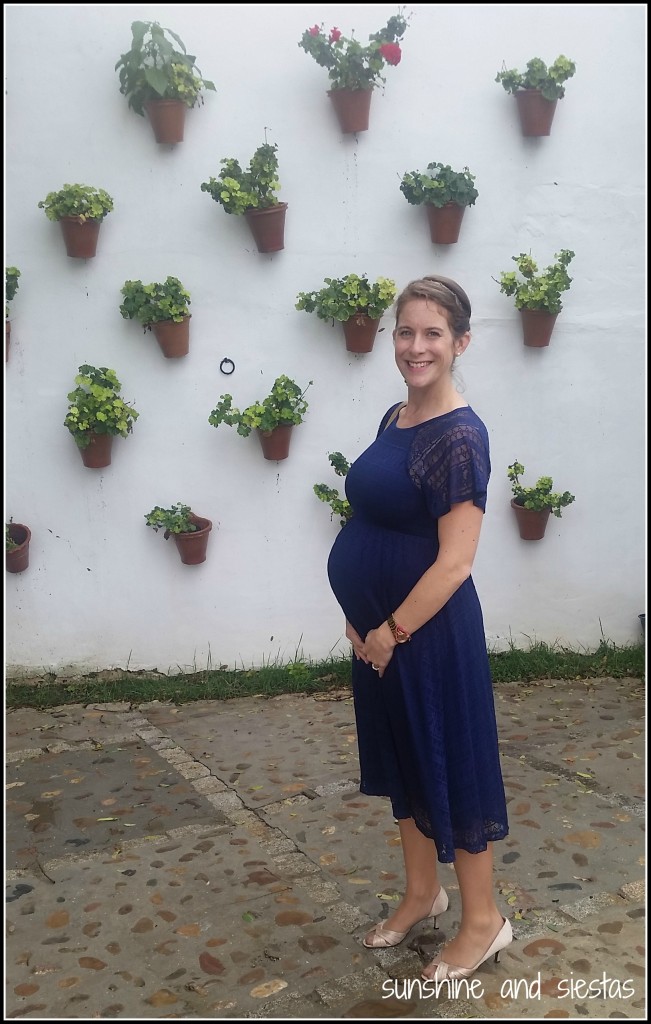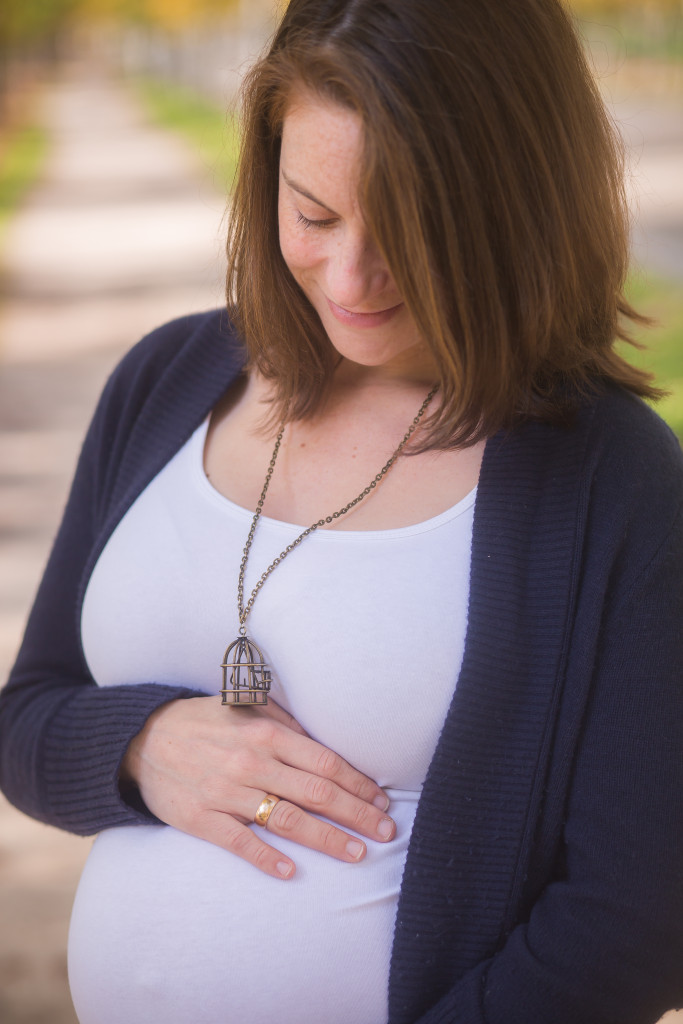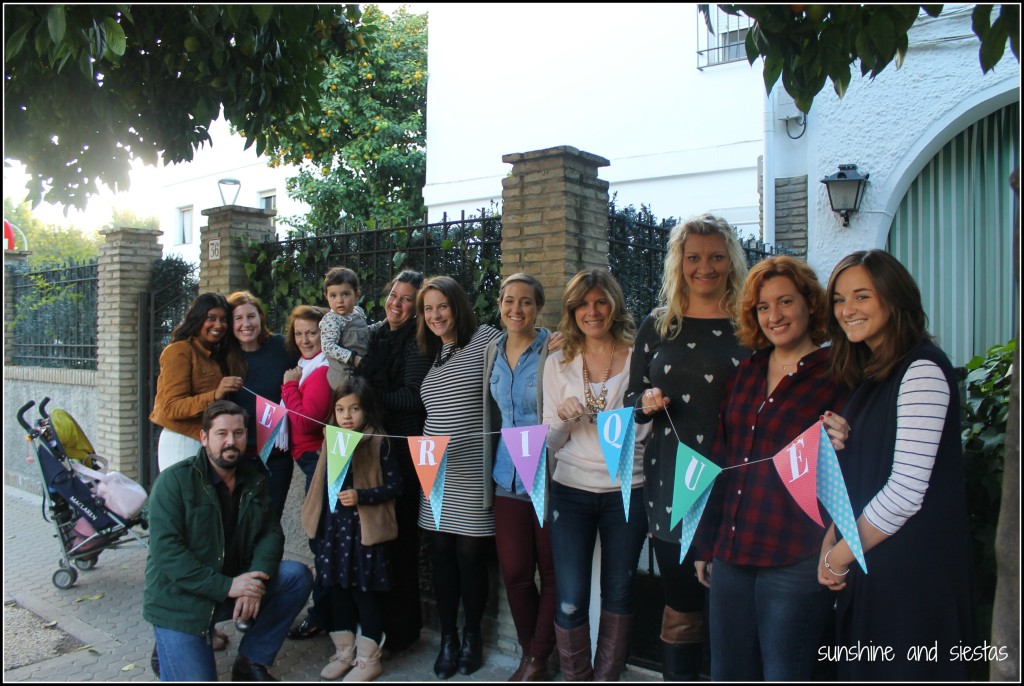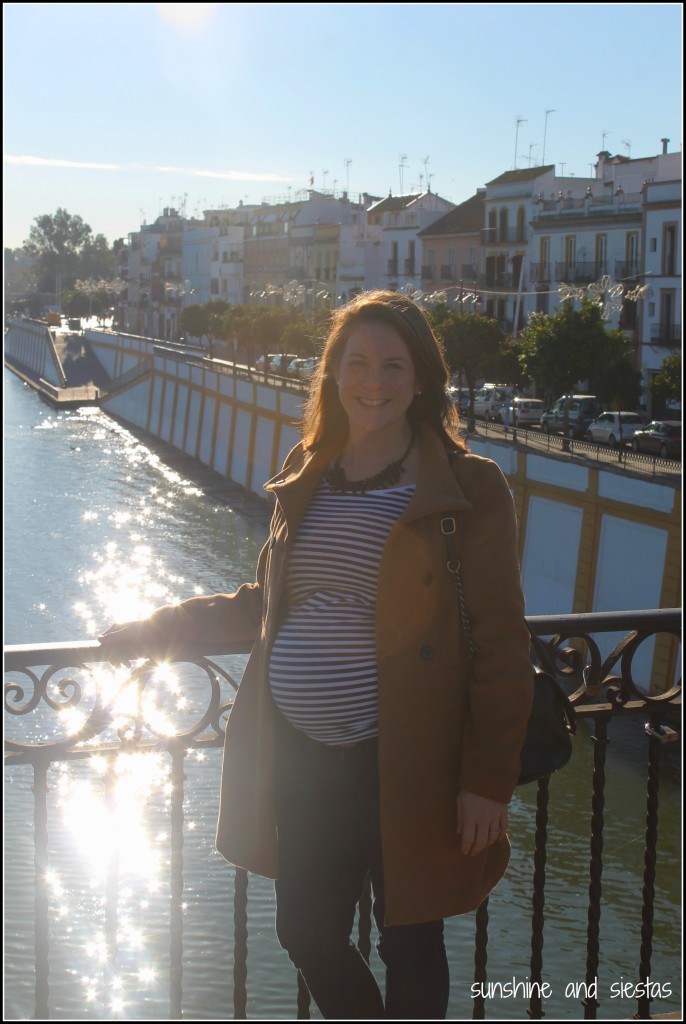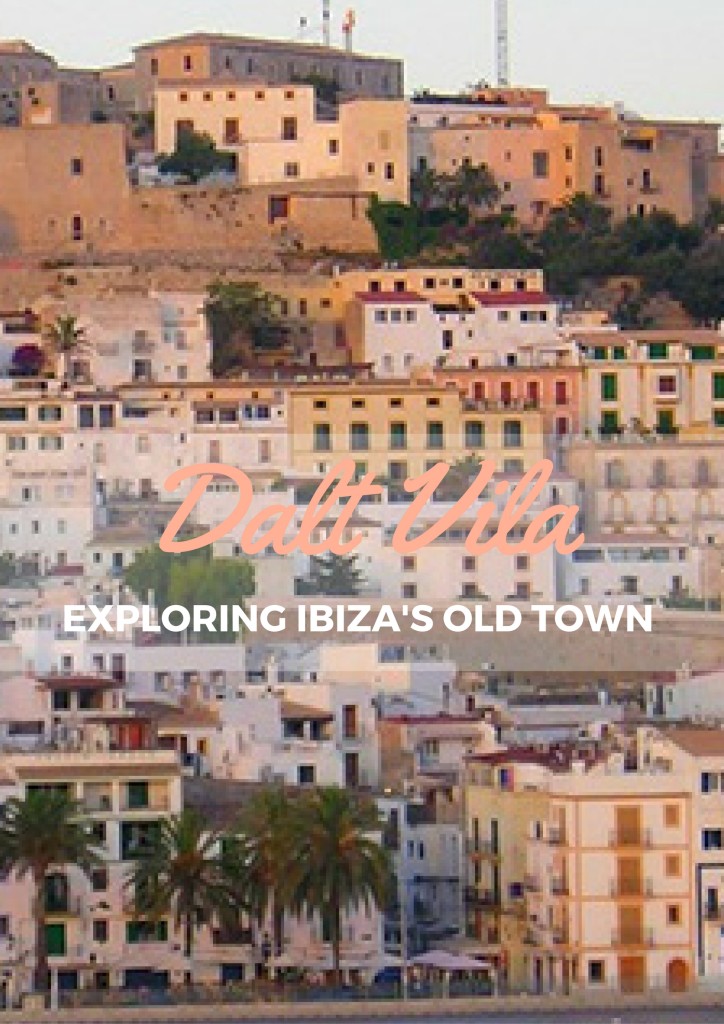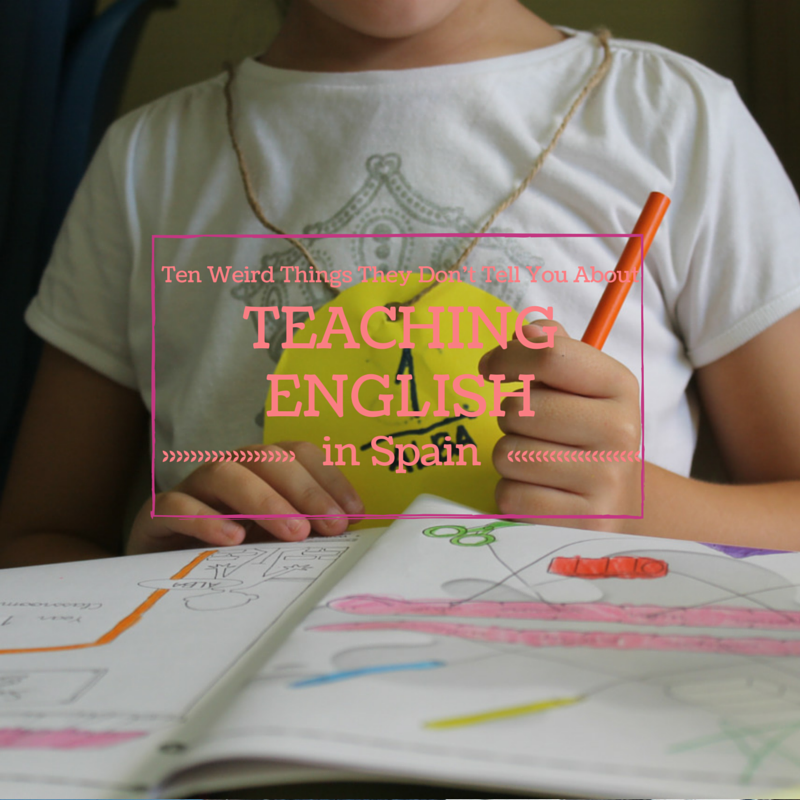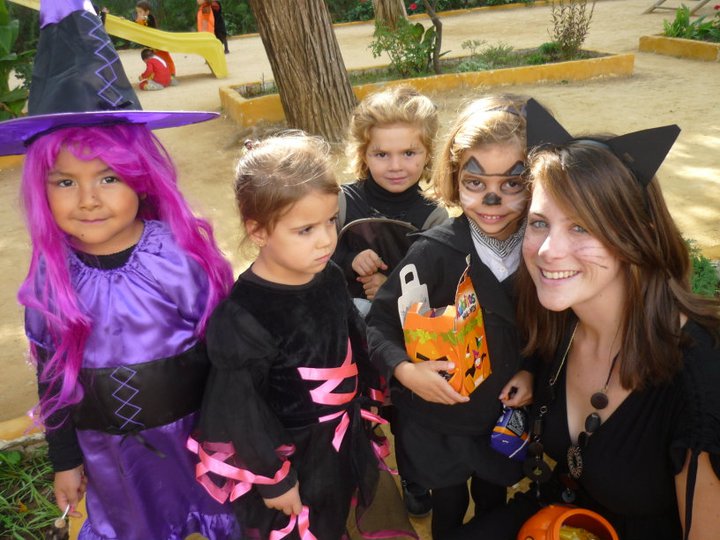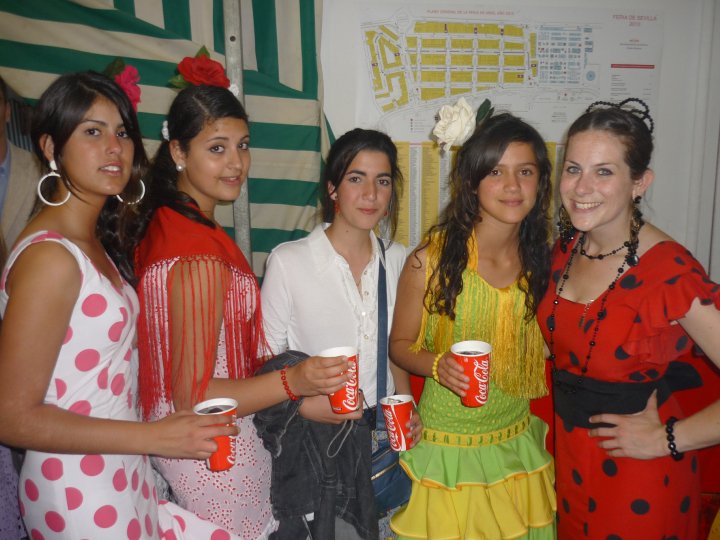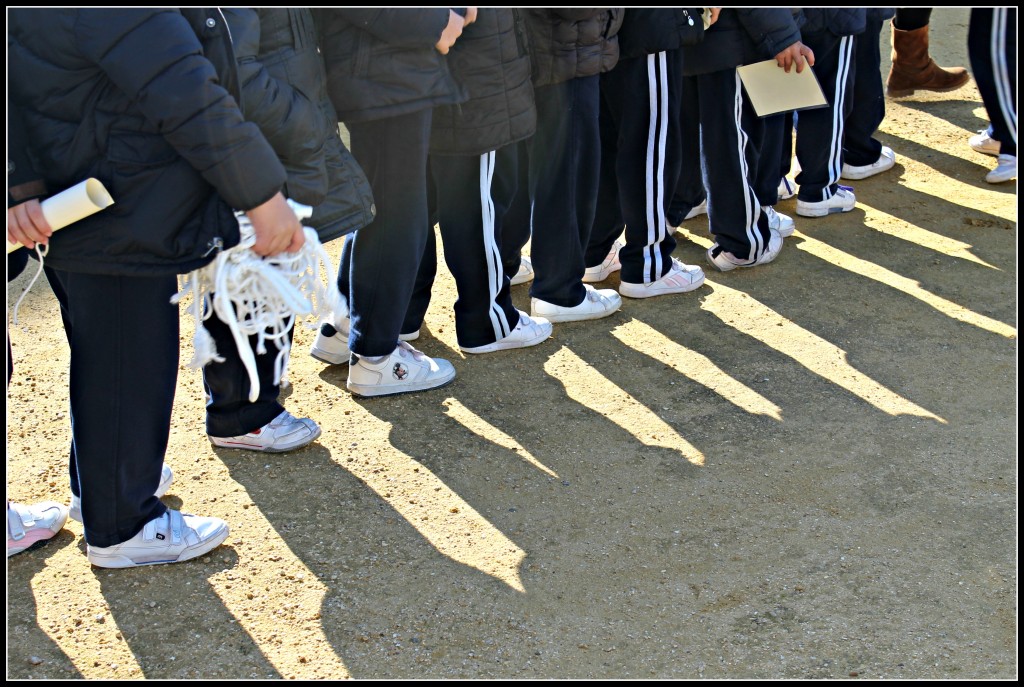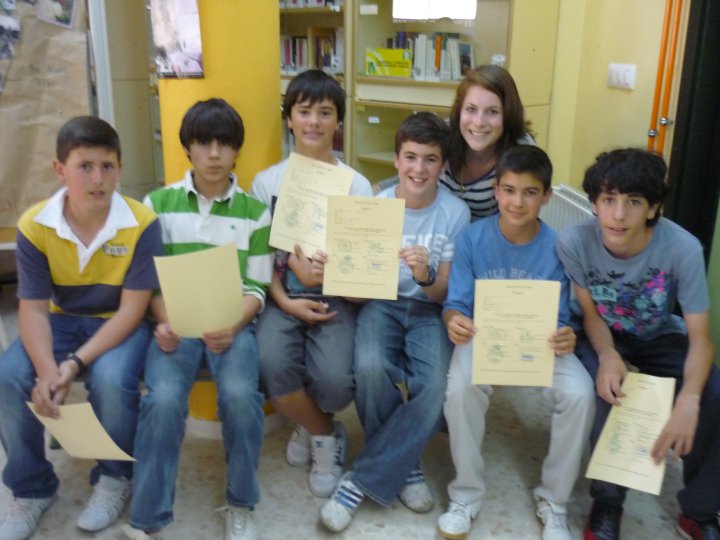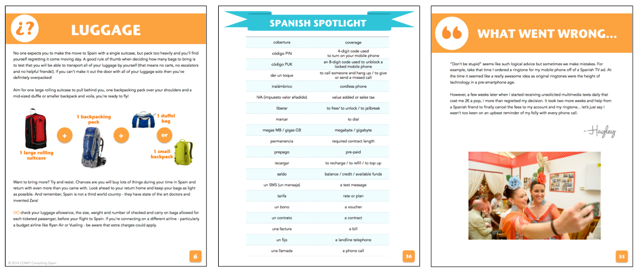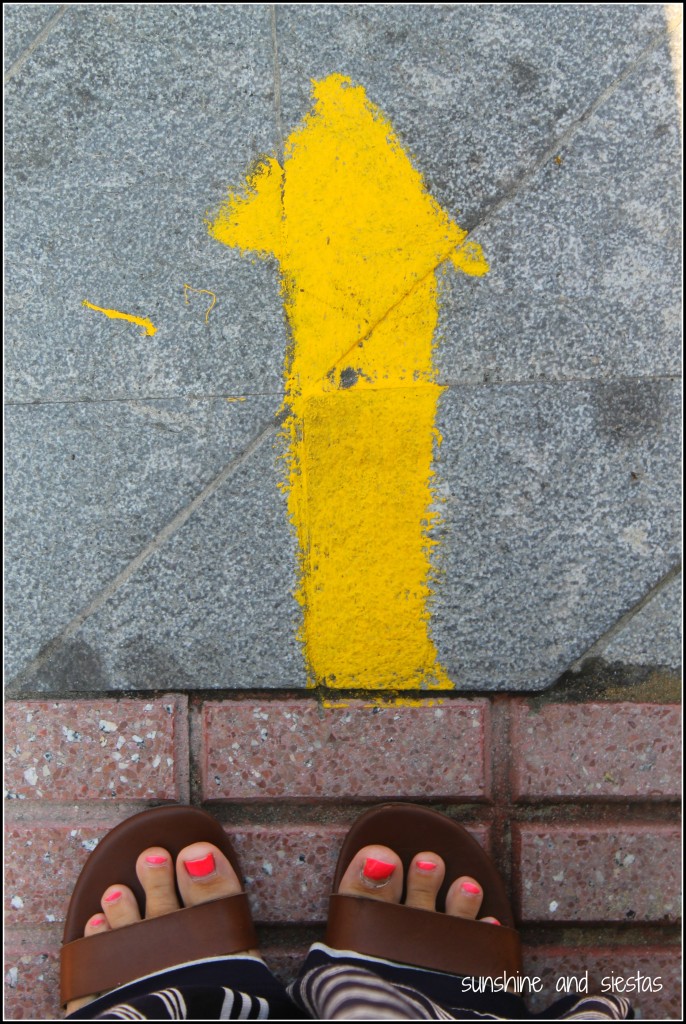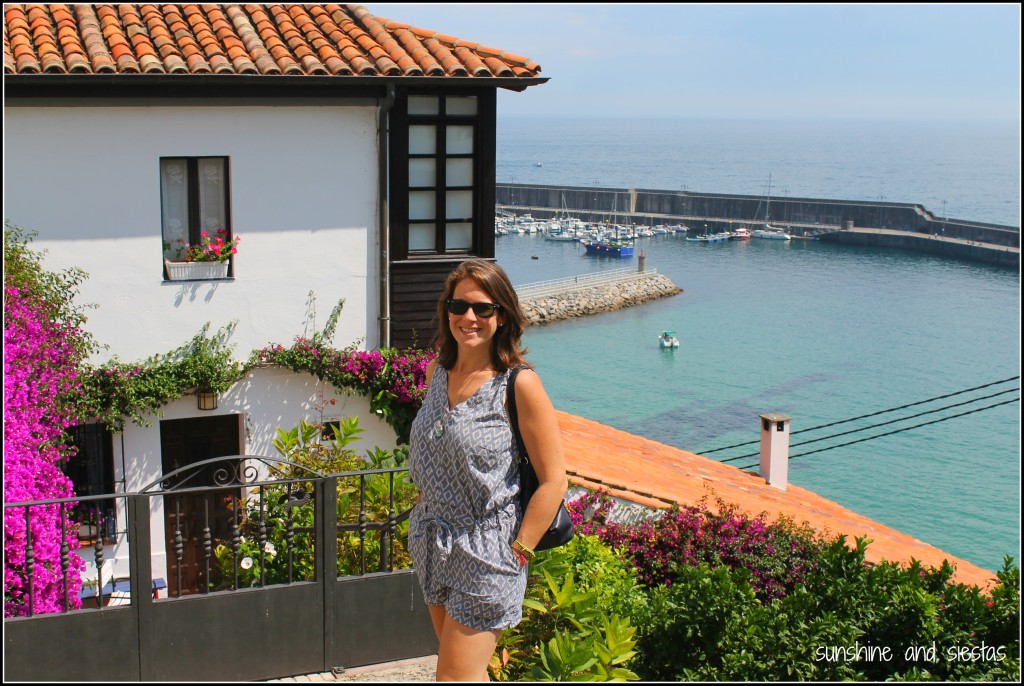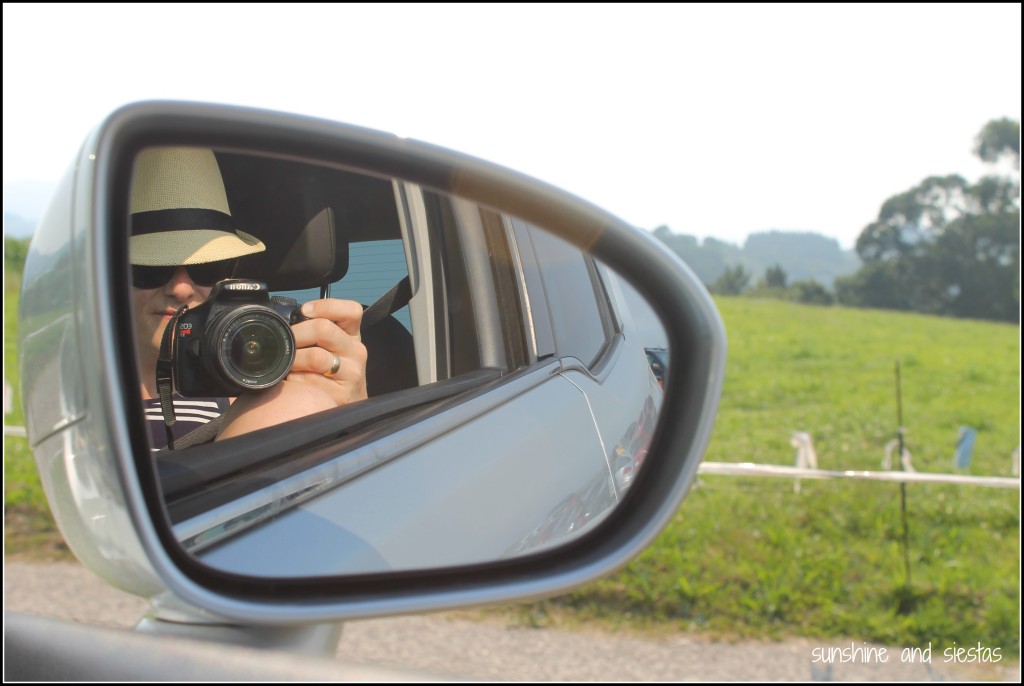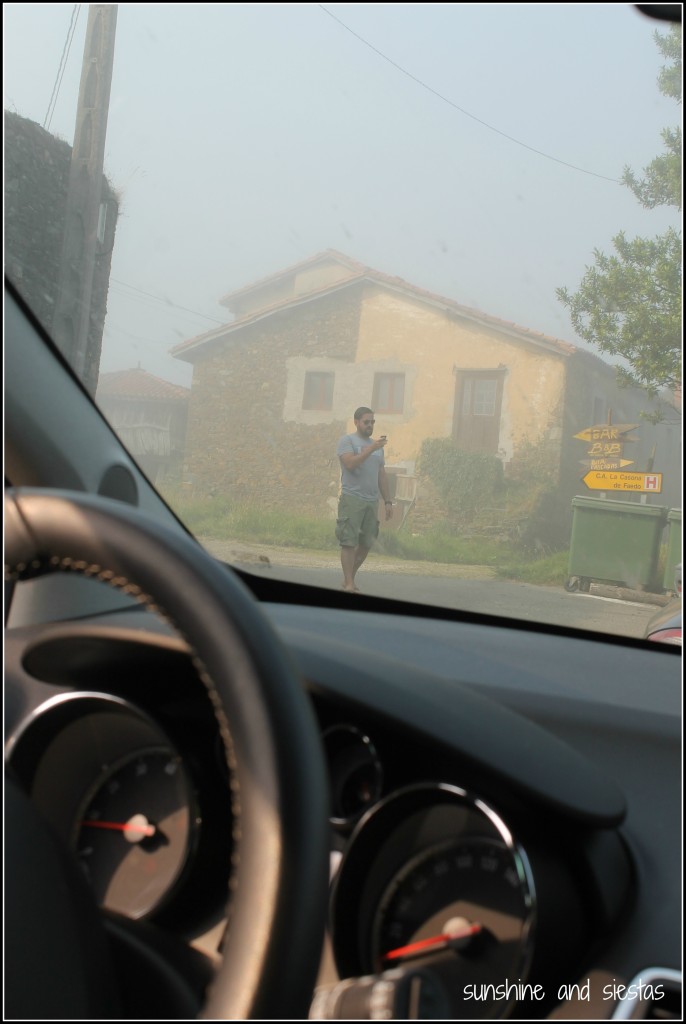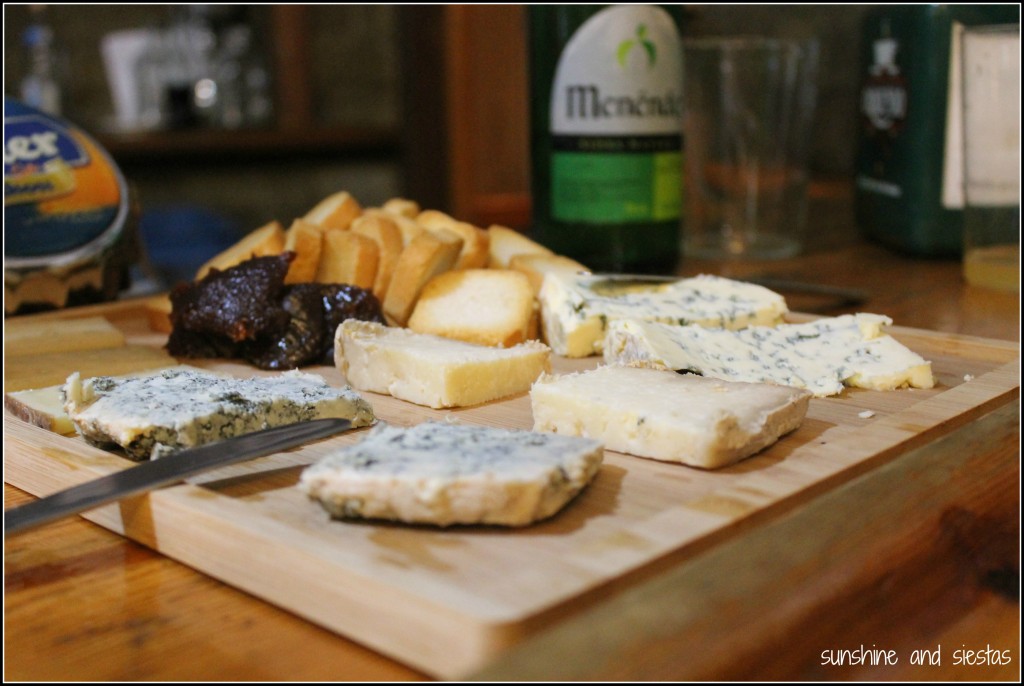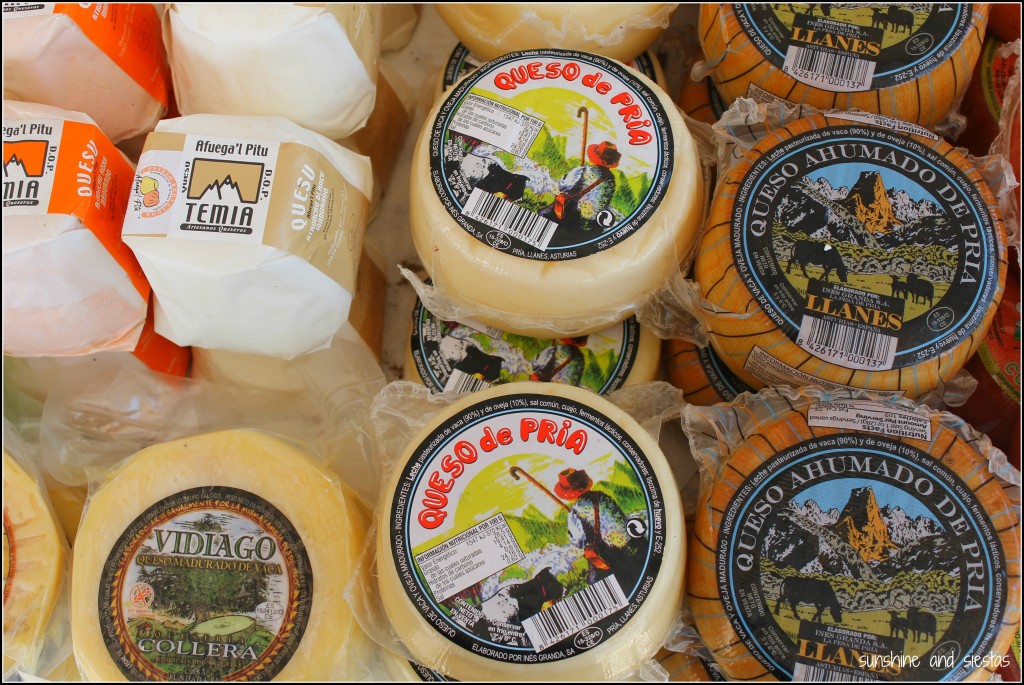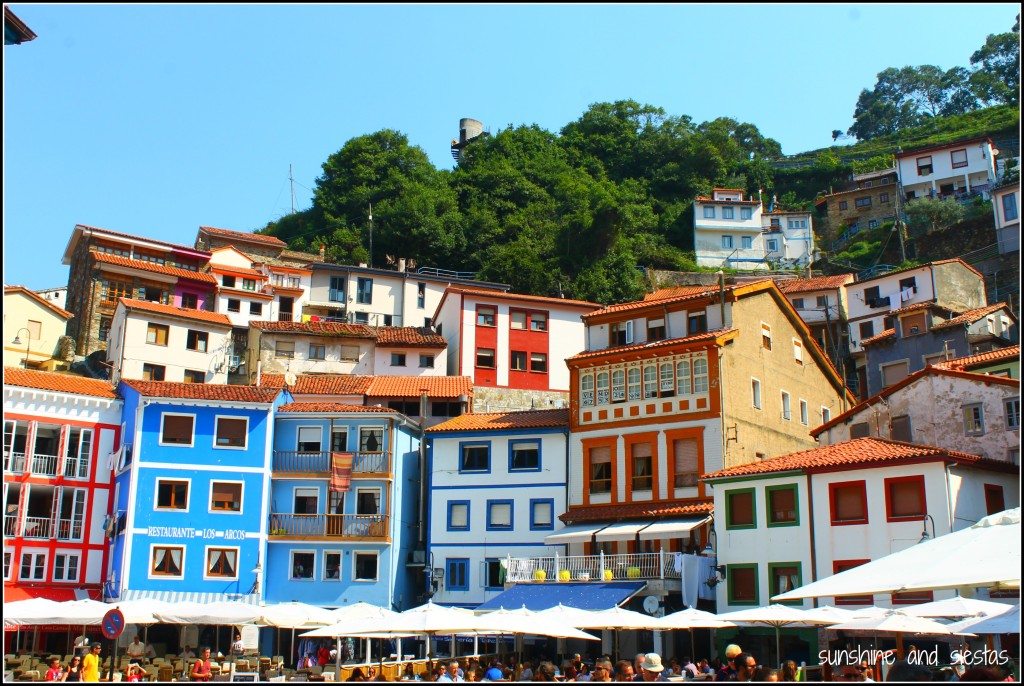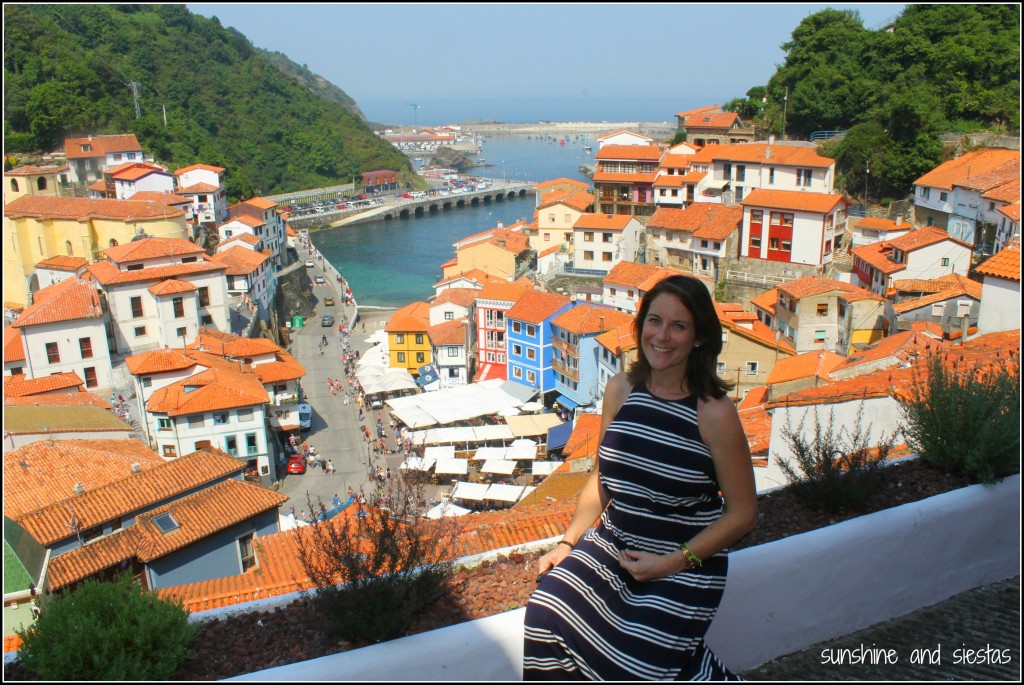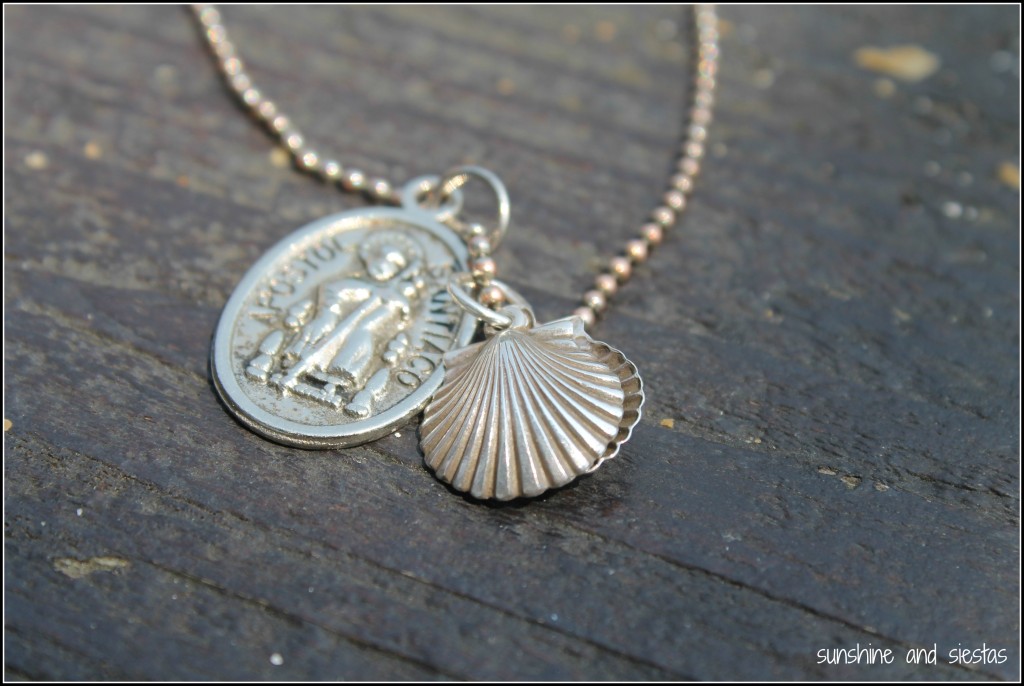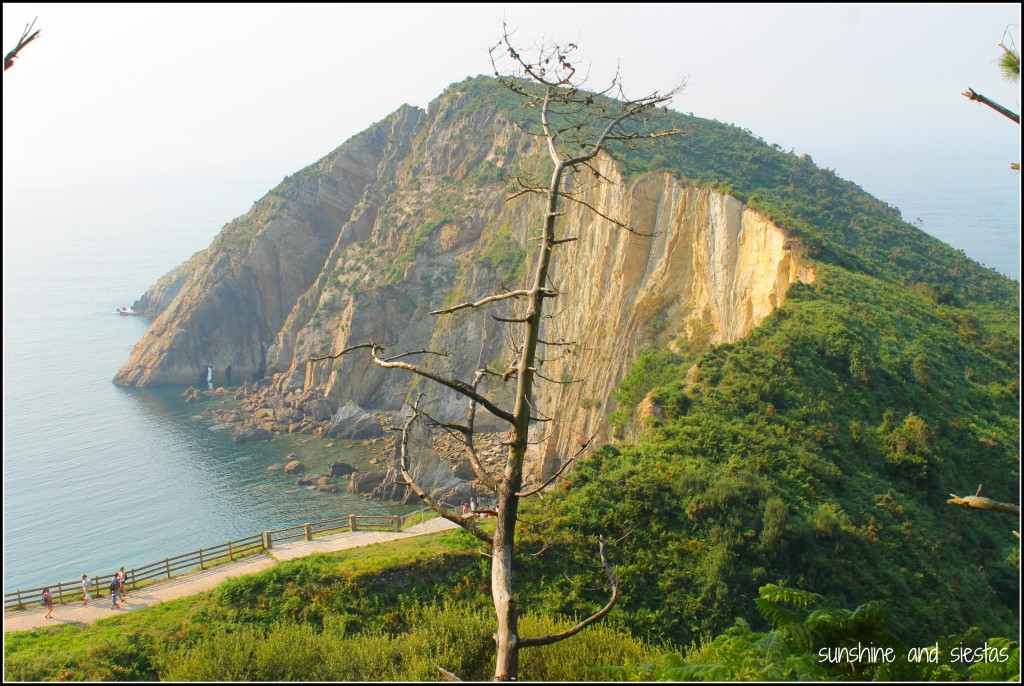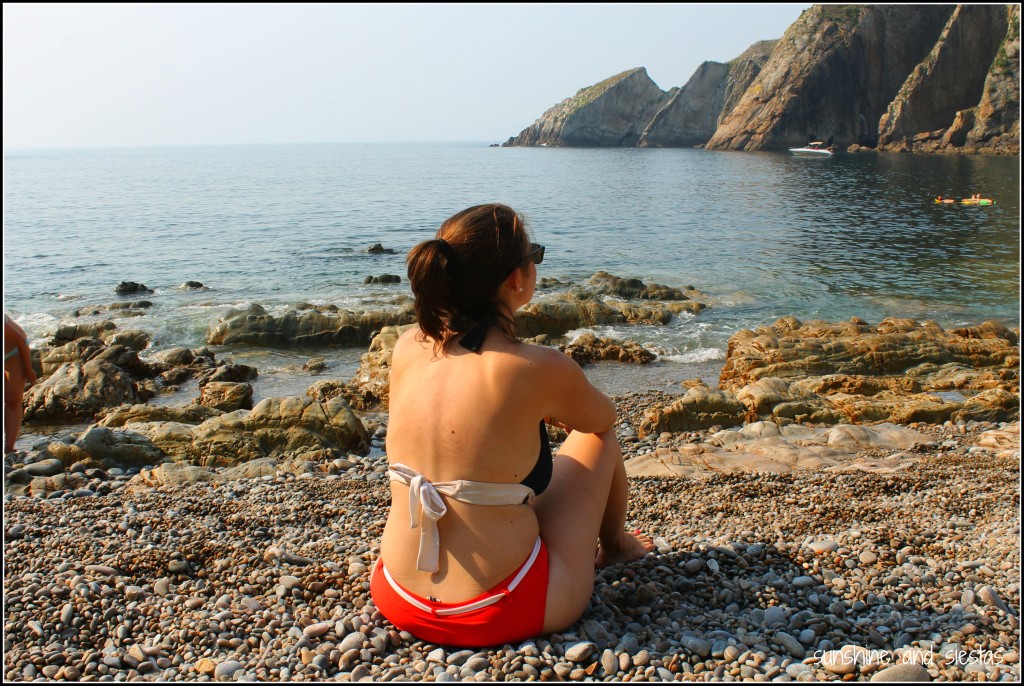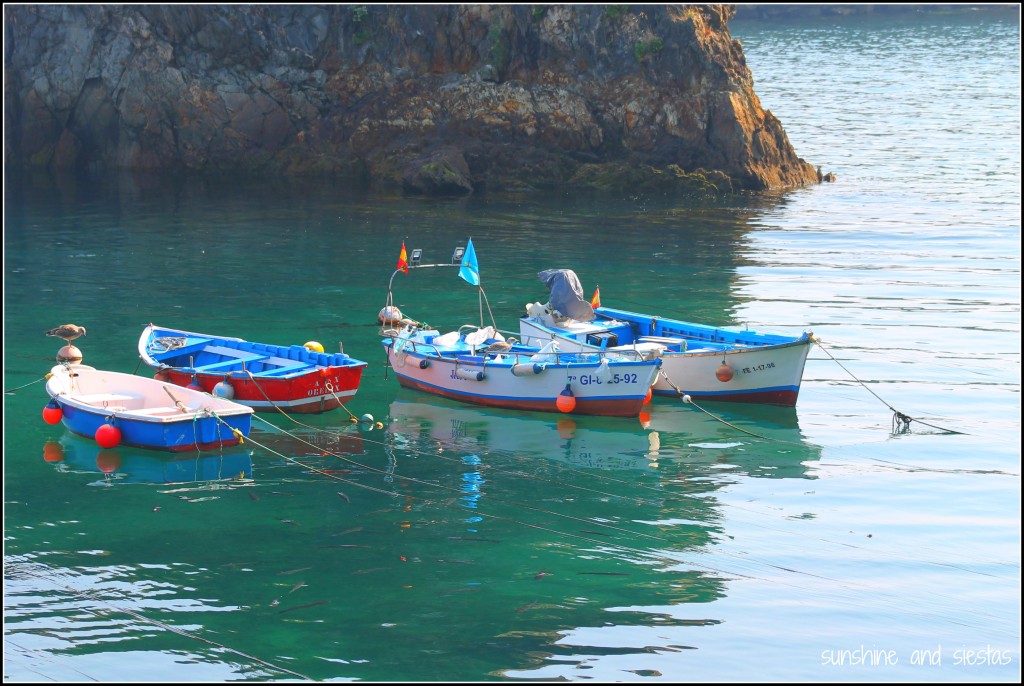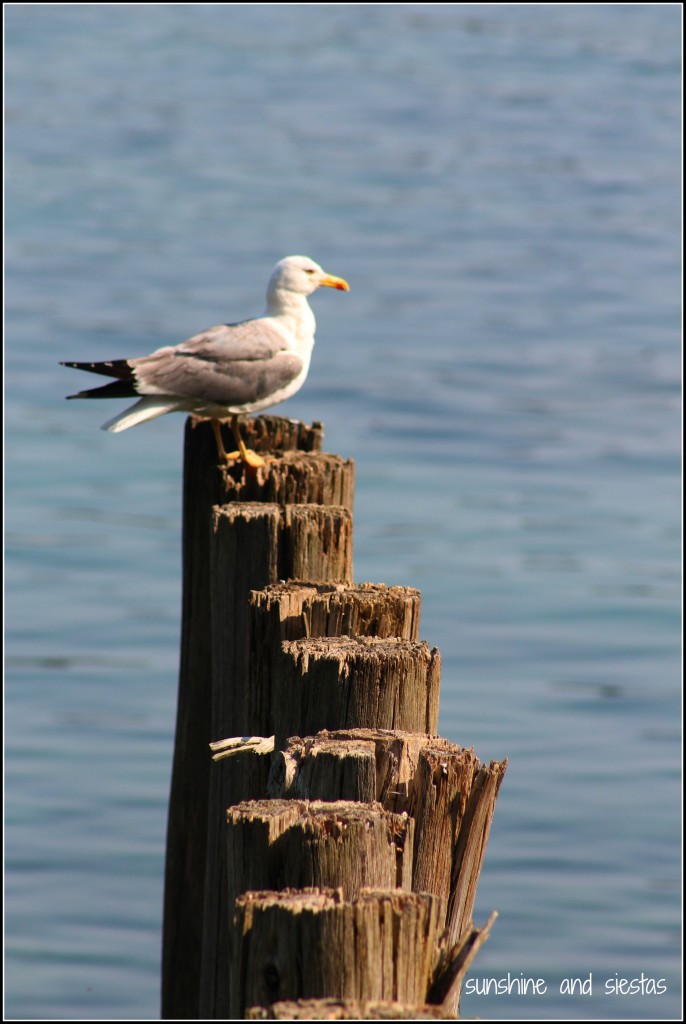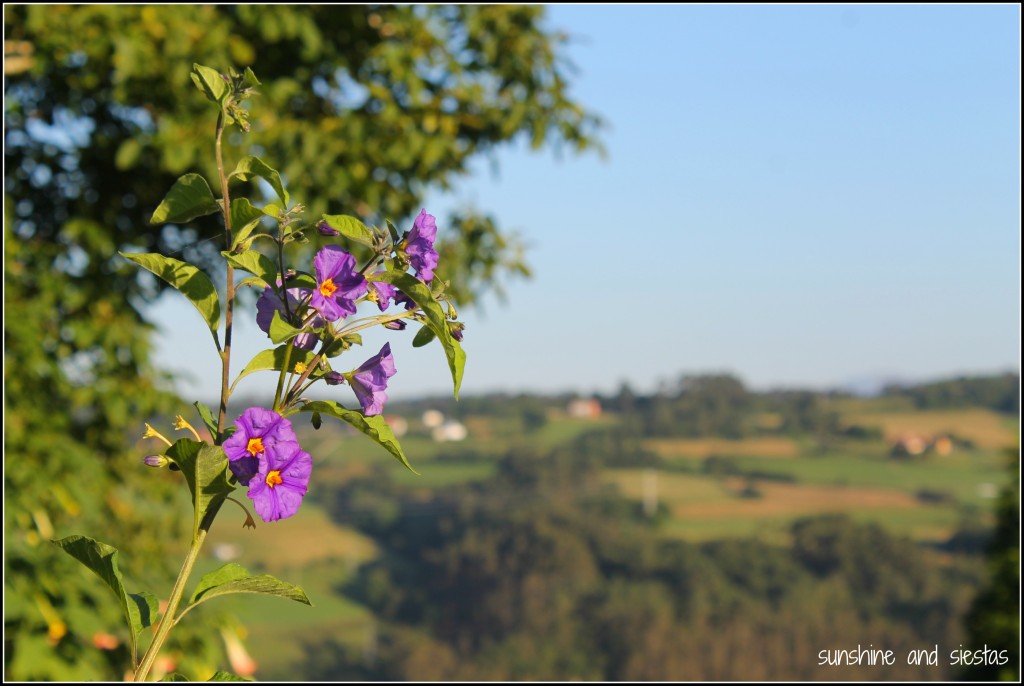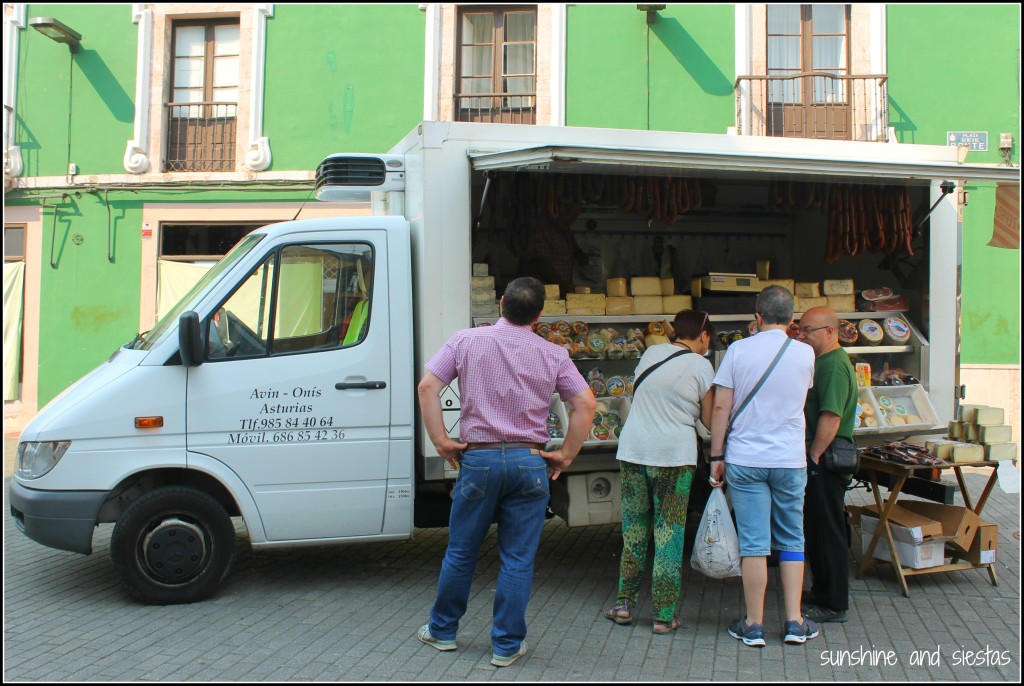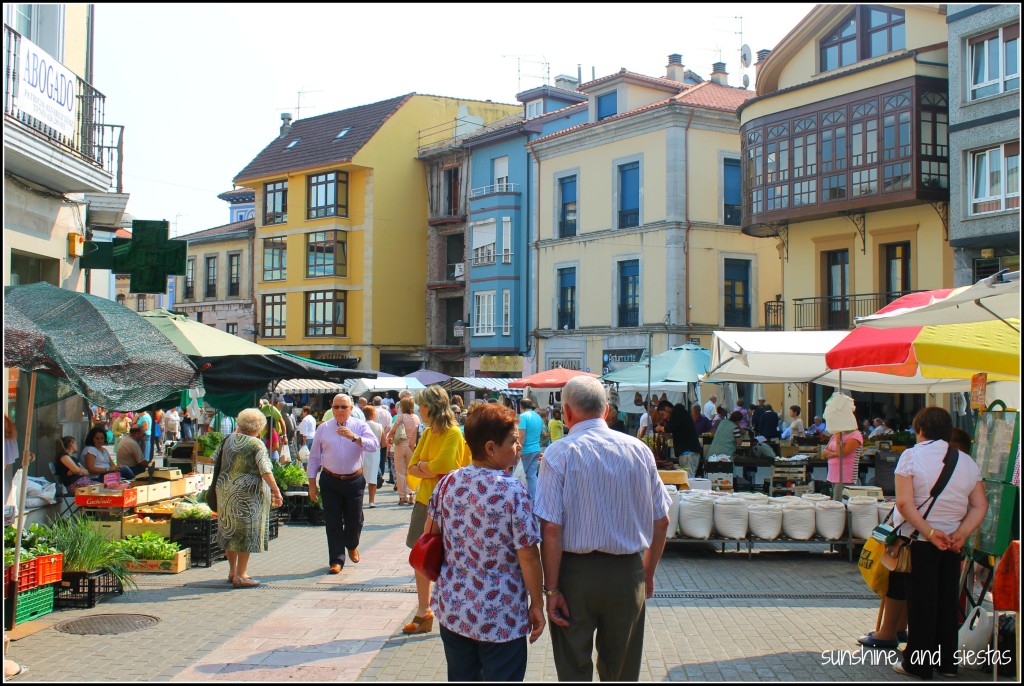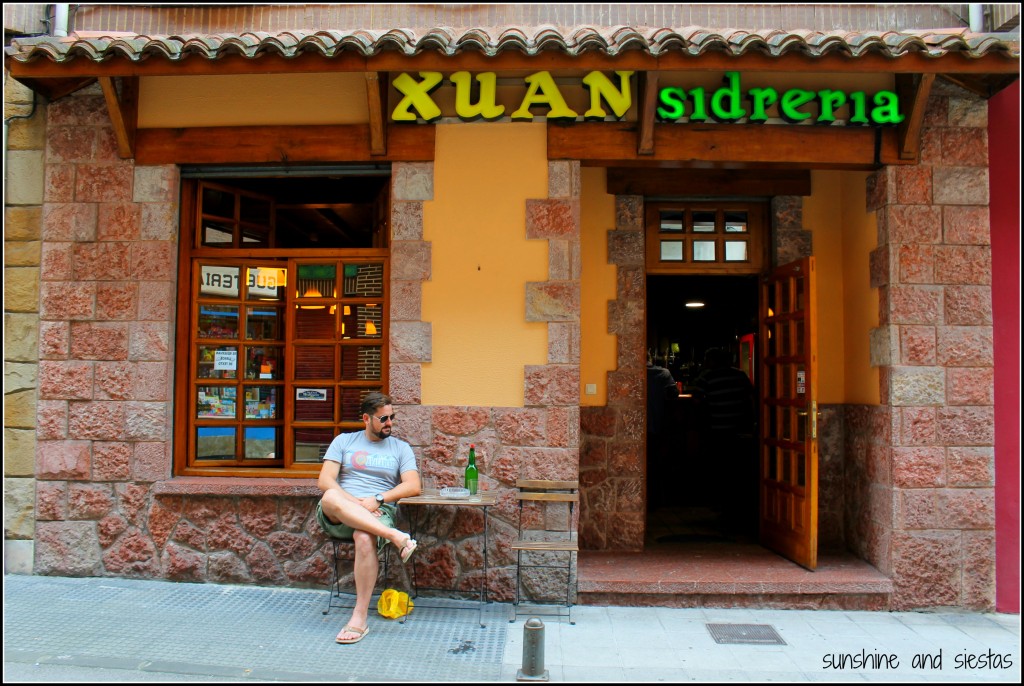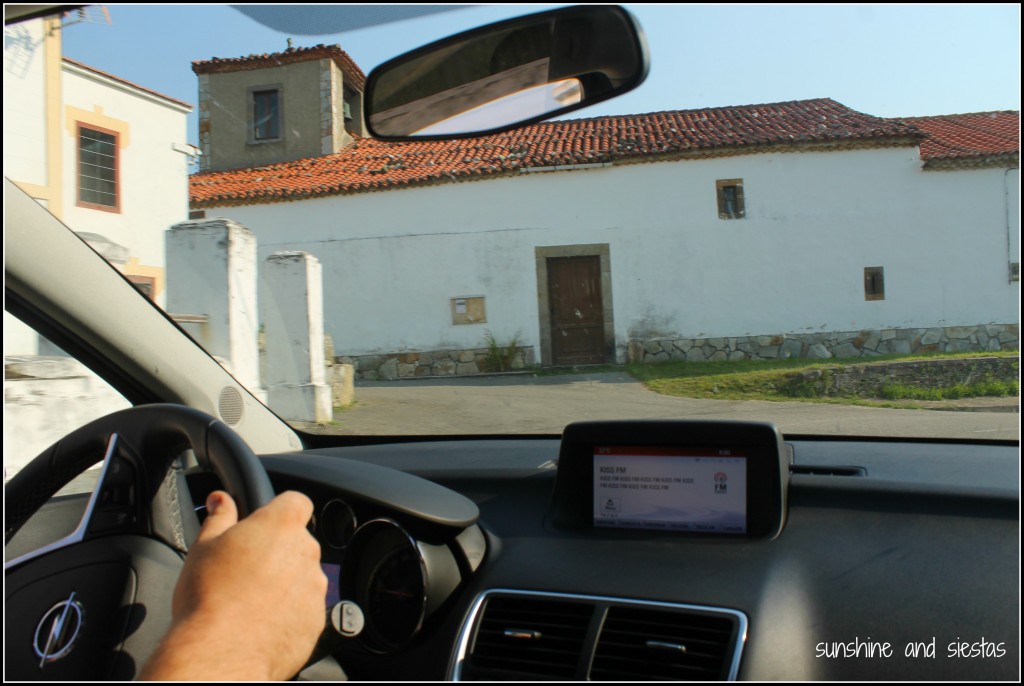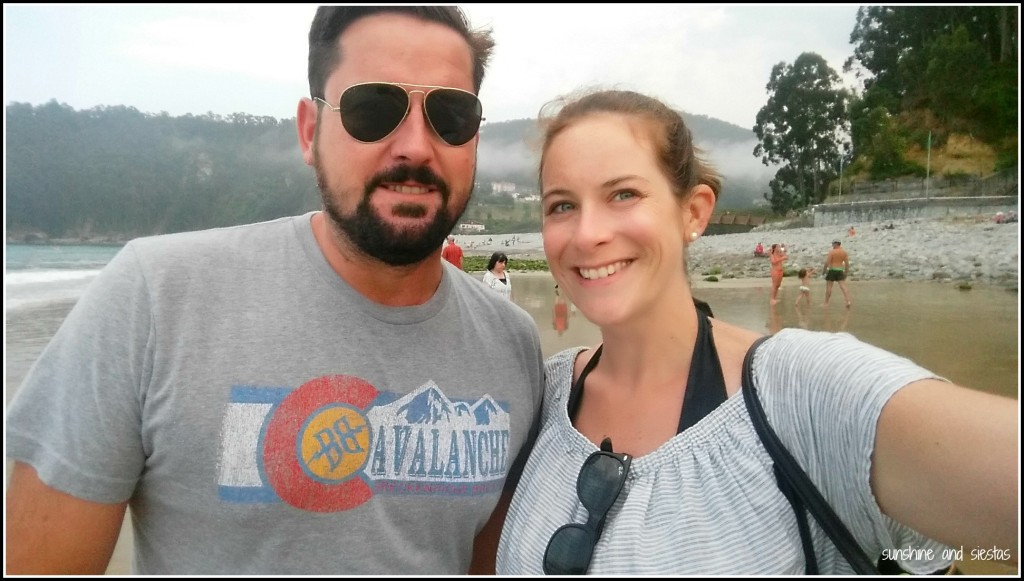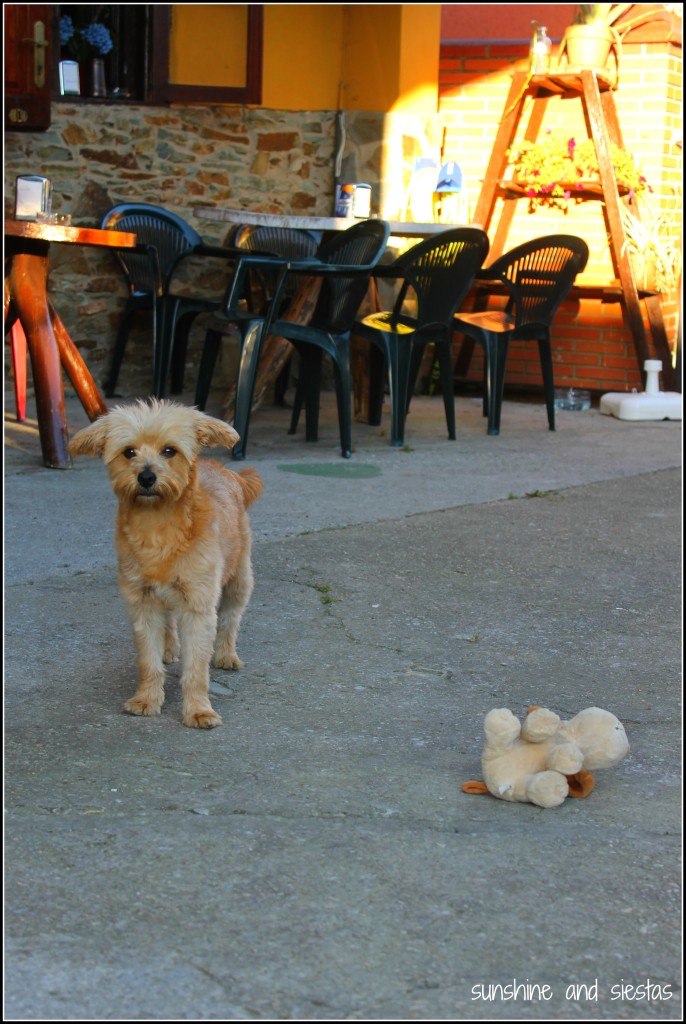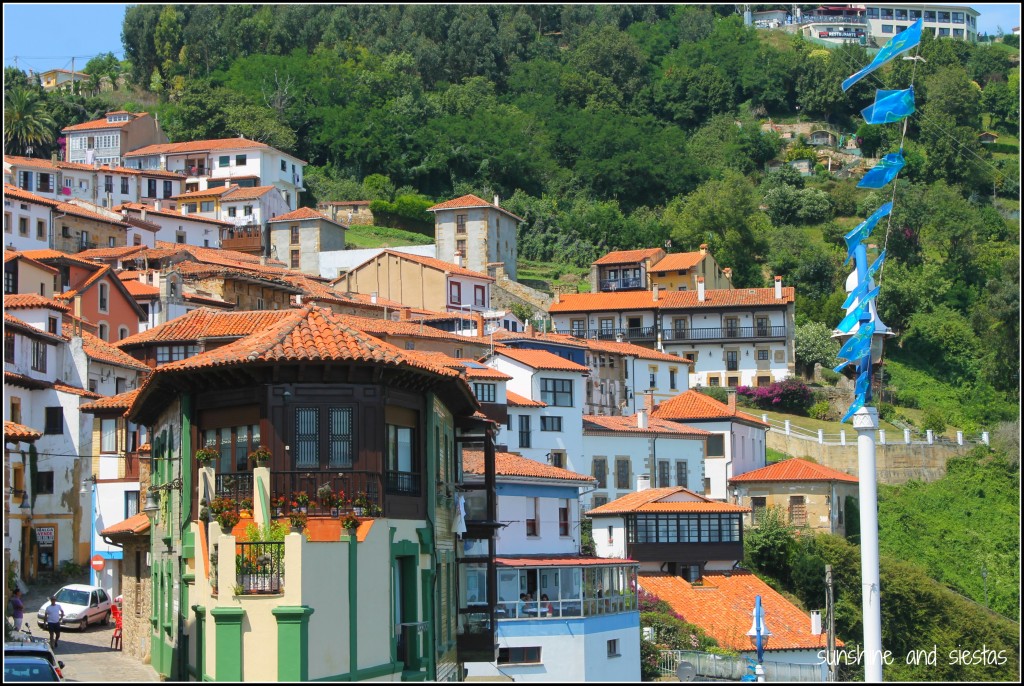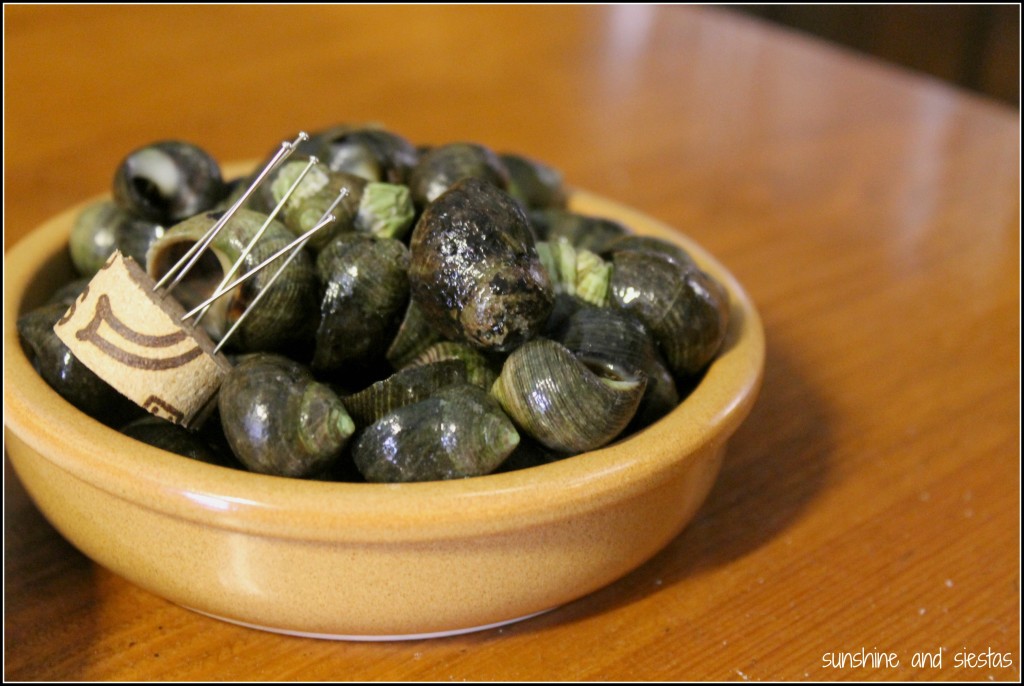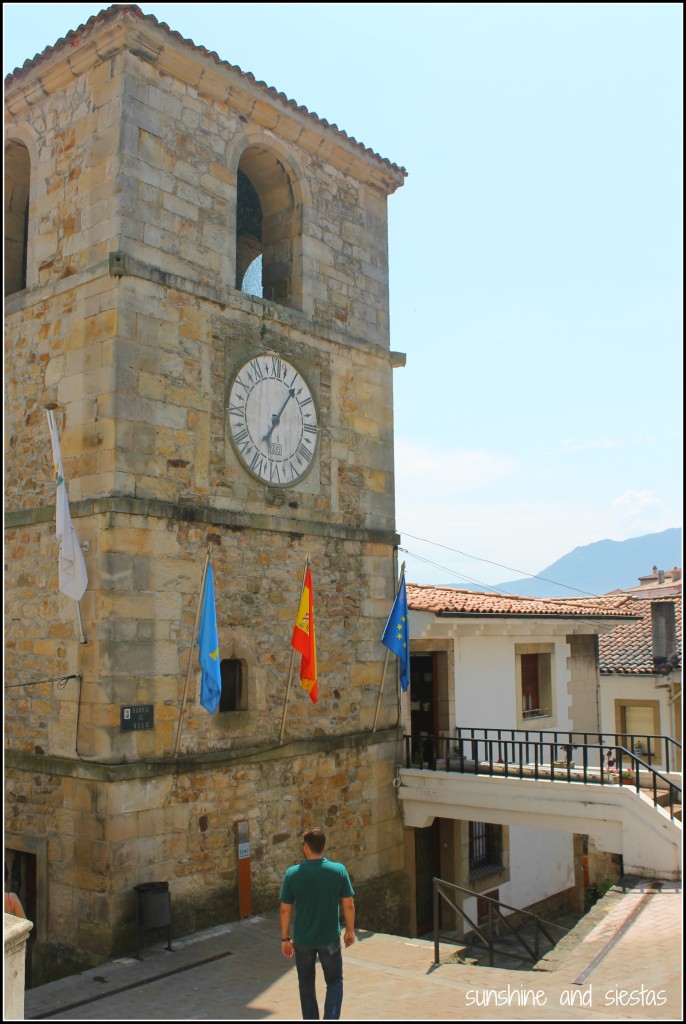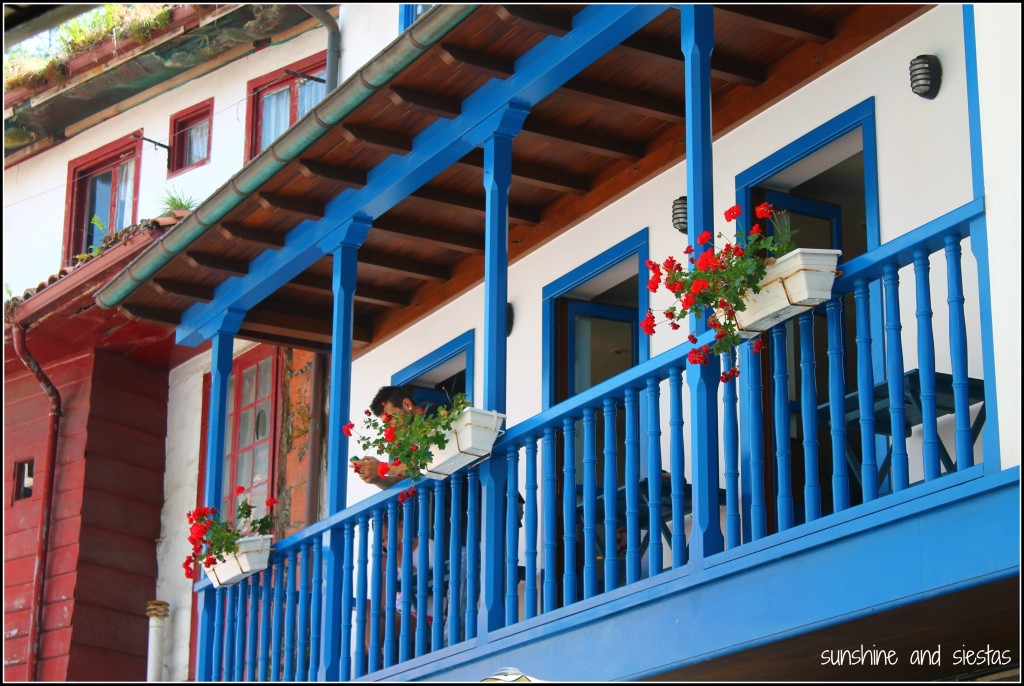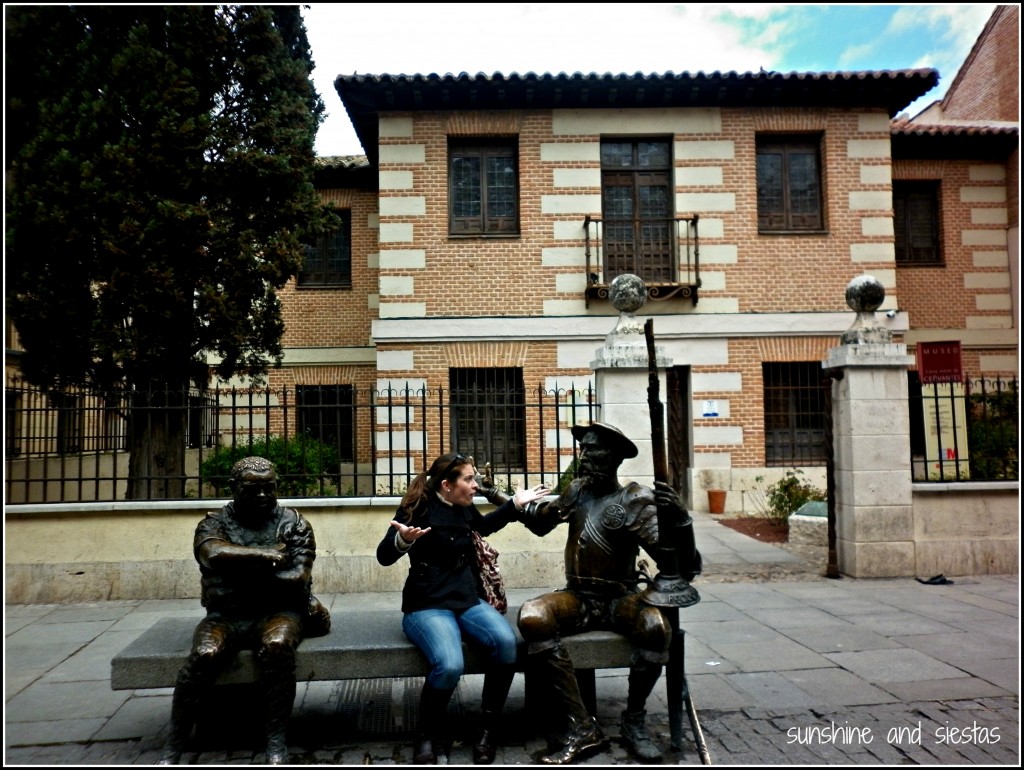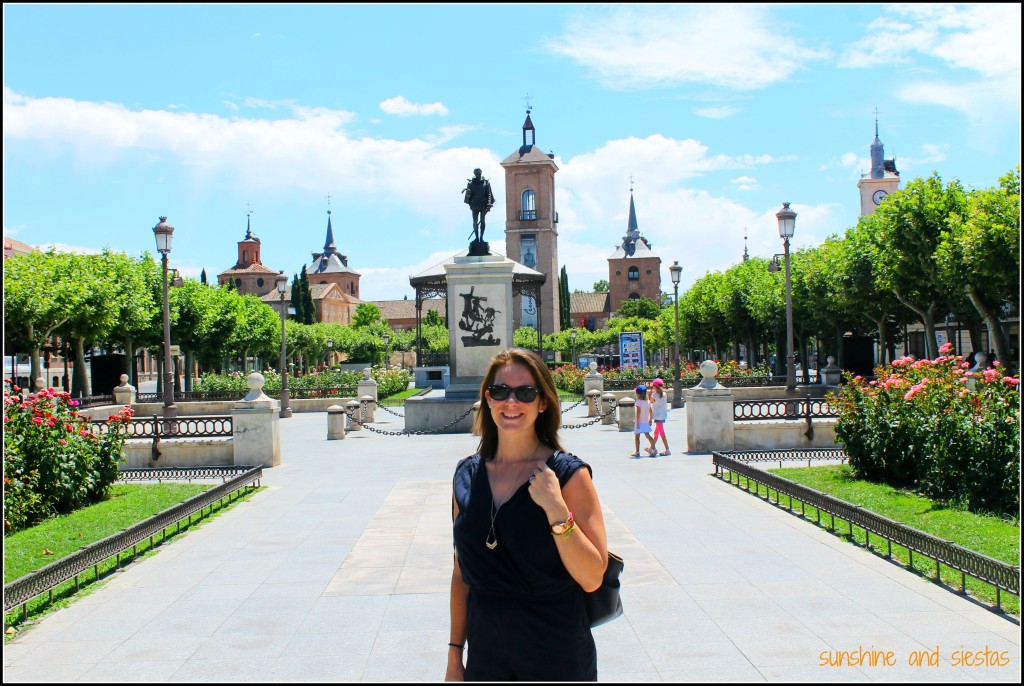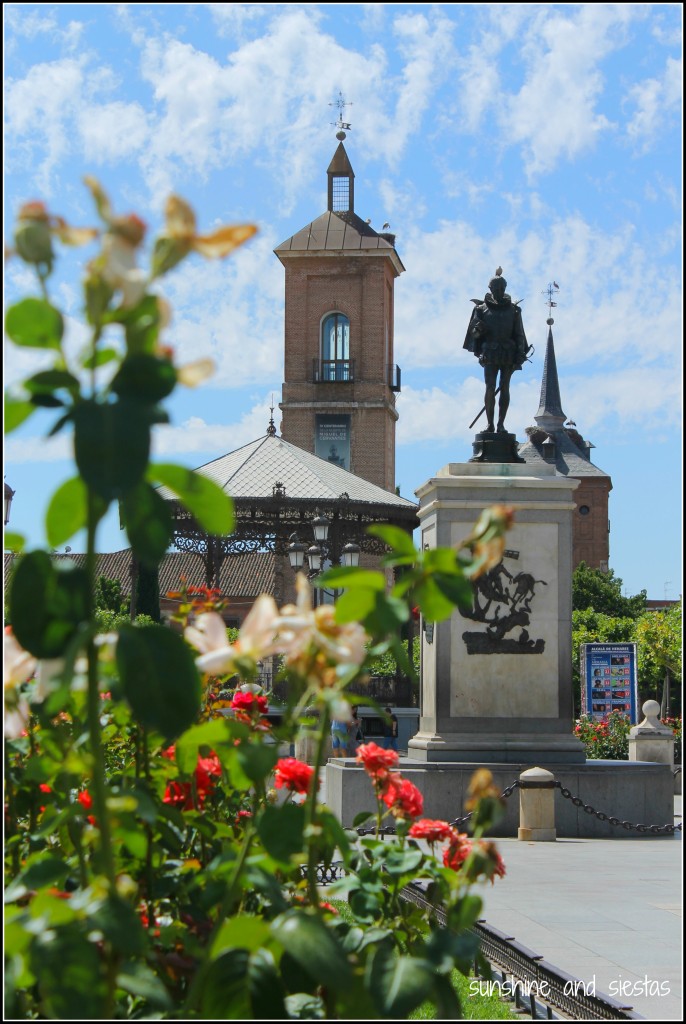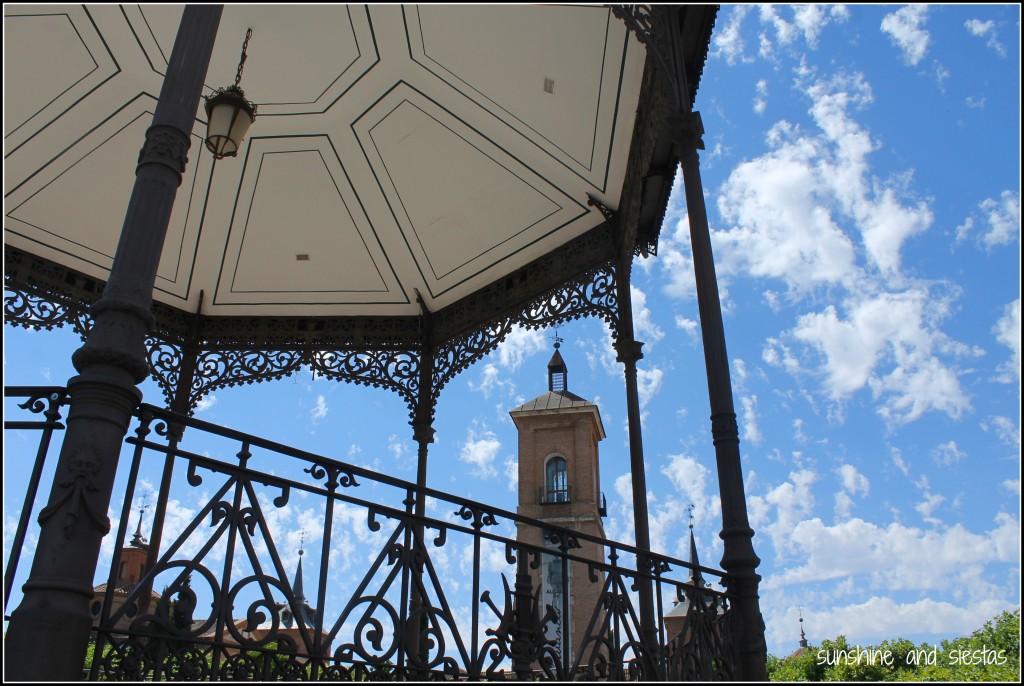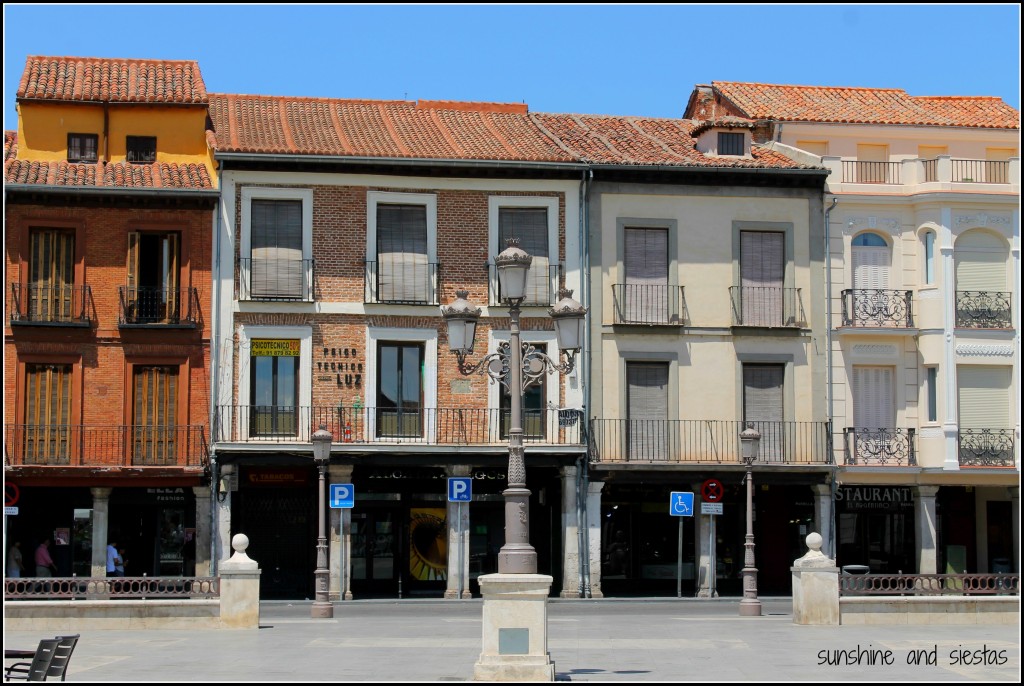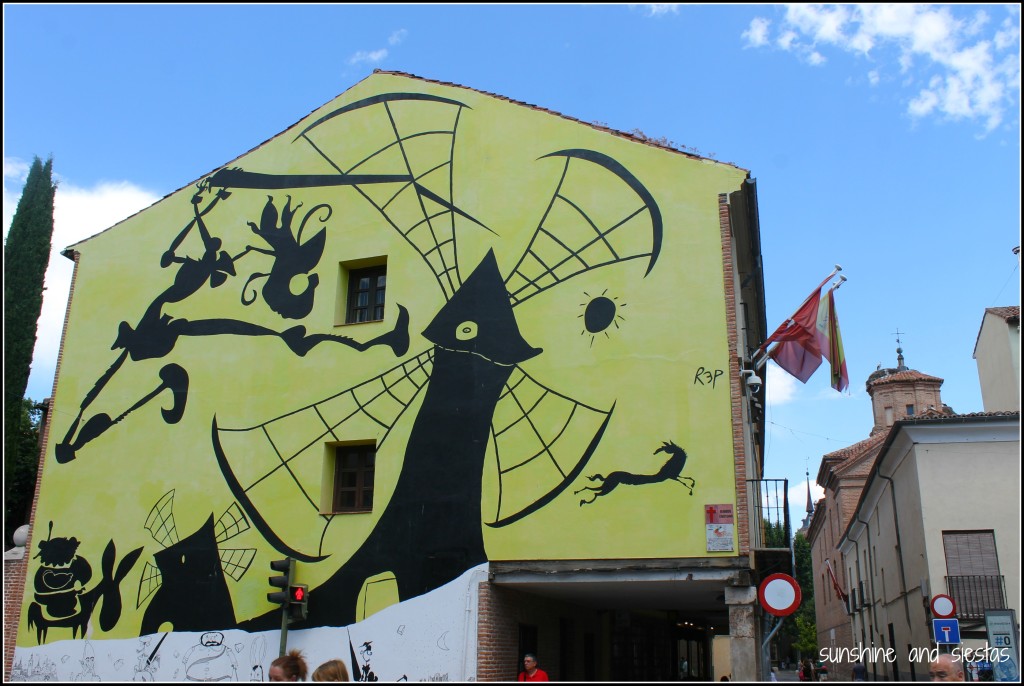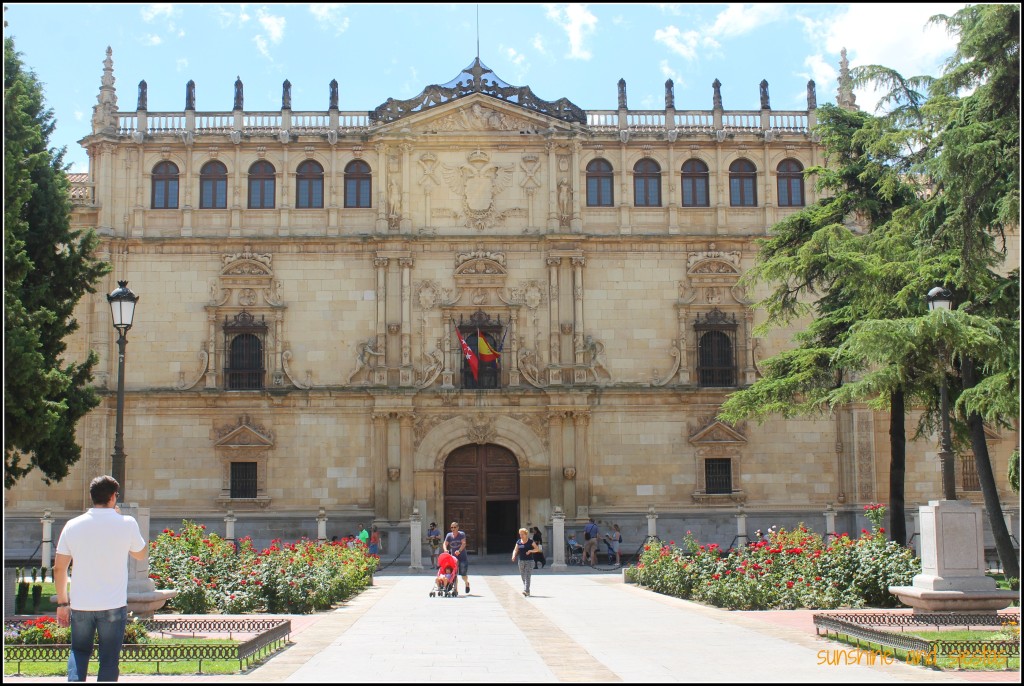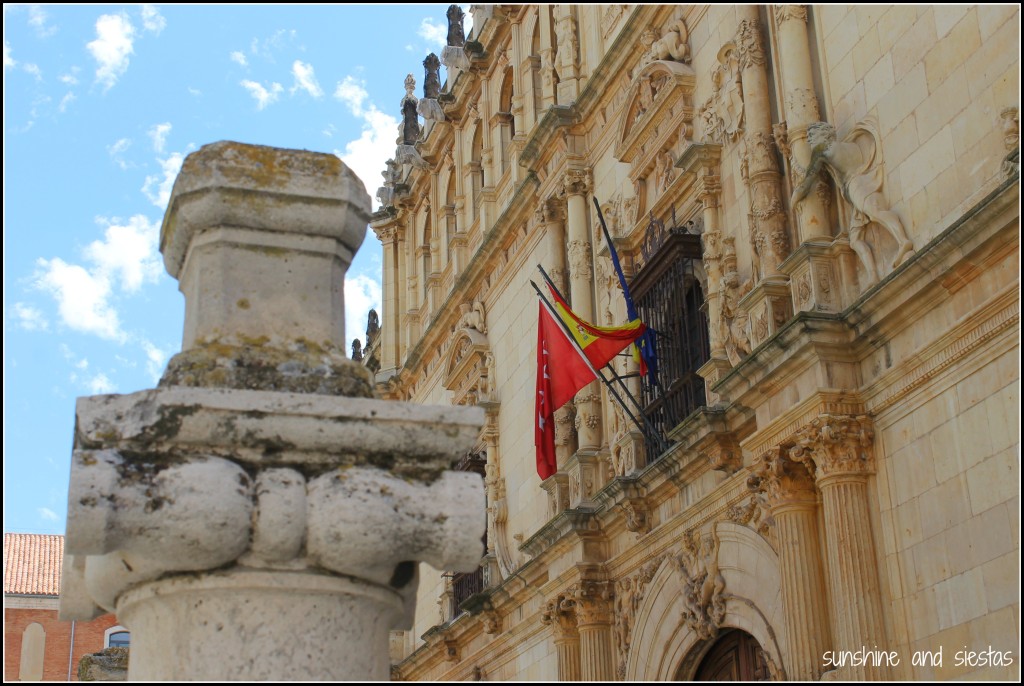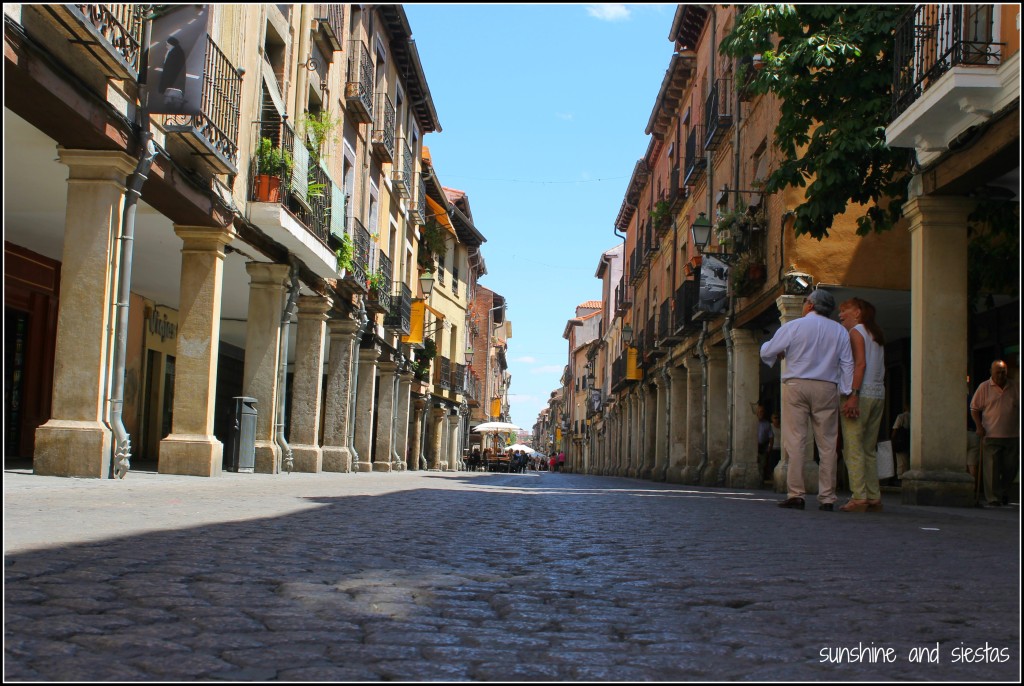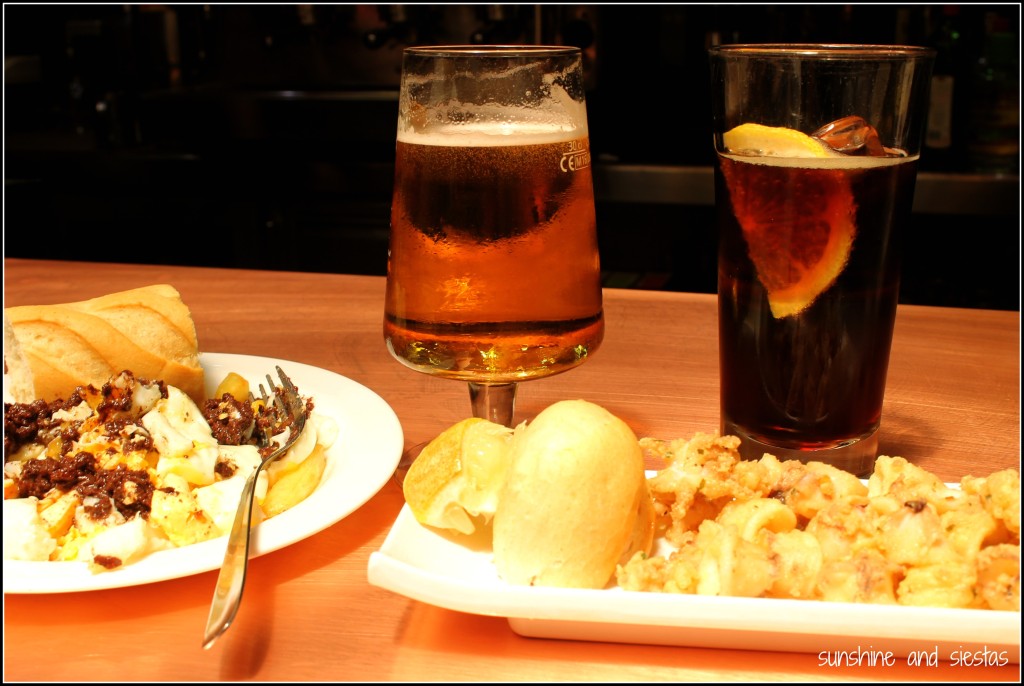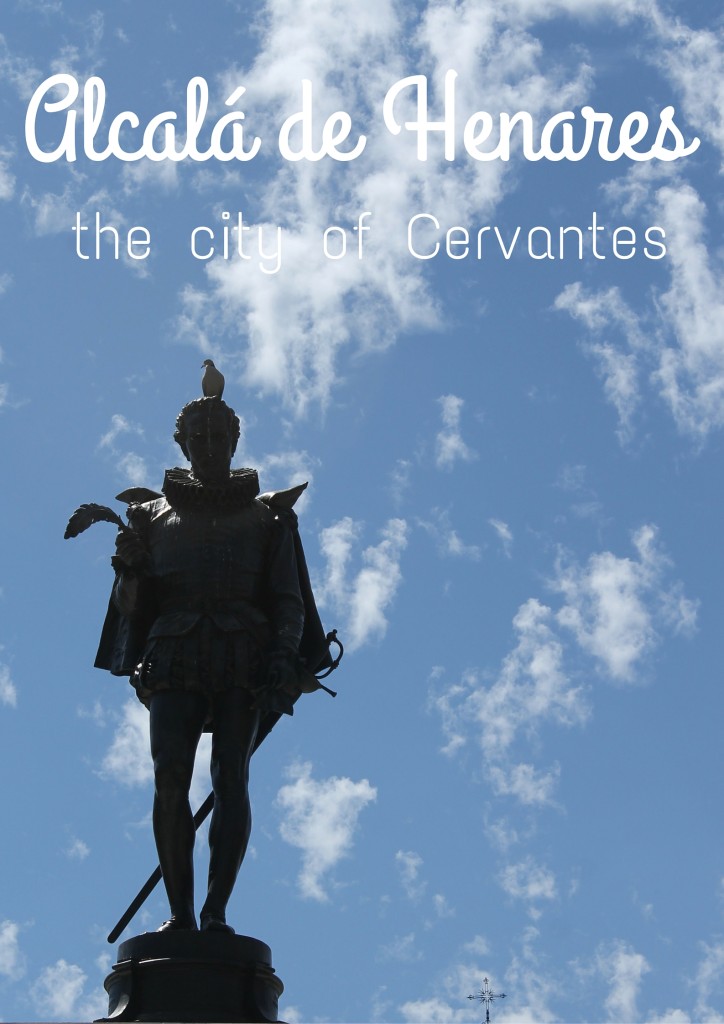While many visitors to Spain like to see the sites on their own two feet, moverse on two wheels is becoming ever more popular and tourism grows.
From city-wide cycling lanes to innovative and unlimited rental systems like donkey.bike, Spain is following the example of other European cities like Copenhagen and Amsterdam when it comes to making cities bike friendly, and cycle tours are cropping up as quickly as tapas bars, it seems.
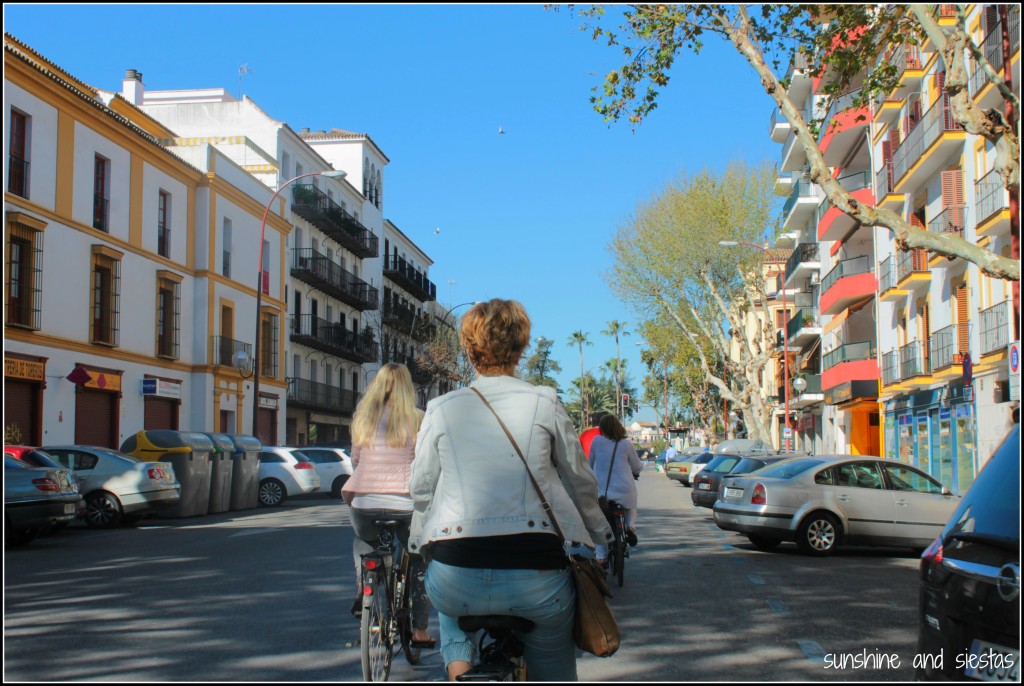
Issues such as sustainability, pollution and health have become heavy-hitters that swing in the favor of biking – and that doesn’t even cover the weather or leisure factors. In fact, the sector grew 8,2% in 2o15 and an estimated 10% of Spaniards use a bike daily (source: Asociación de Marcas y Bicicletas de España).
Cities around the country are listening, but you don’t have to be local to take advantage of the ‘pedelea‘:
Barcelona
Even if Ada Colau is all for a touristic ban, you can’t deny that Barcelona is a city rife for cyclistic touring. The local Ajuntament is launching a larger network of bike paths that will take cyclists from one reach of the city to another, scheduled to debut over the course of 2017.
And in a city as large and (almost) flat as la Ciudad Condal, bicycle hire in Barcelona is the way to go; imagine cruising past the waterfront or down Las Ramblas on a bike!
Seville
When my friends Brian and Matt came to visit me in Seville, the city had just launched its bike-share system, one of the first in Spain. My college buddies spent their days riding from dock to dock, drinking beers in between in the January sunshine.
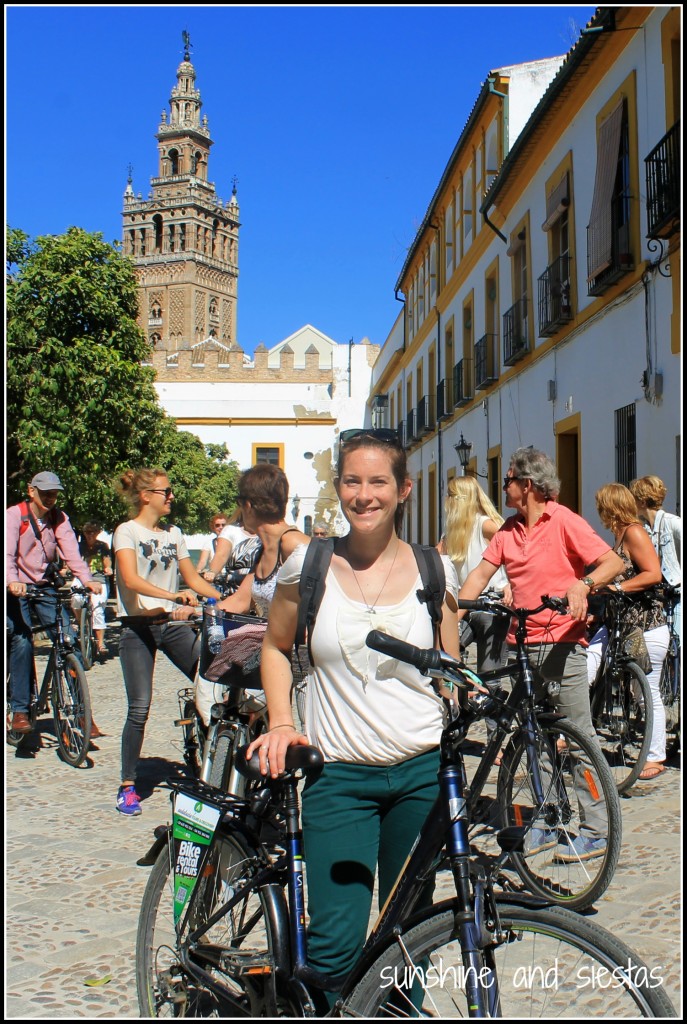
During the nine years I lived in Seville, my main mode of transportation became bike(s) as I made use of the miles of paved bike lanes that crisscross the city, connecting nearly every neighborhood better than public transportation does. And it made me feel extra European!
What sets Seville apart is that its bike lanes are off the street, meaning that it’s safer for cyclists. And because of the weather, you can bike year-round.
If only Madrid would invest a bit more in their infrastructure so this abuelita can stop yelling, “ESTO NO ES UN CARRIL BICI” on my frigid walk to work.
Valencia
When I went to Valencia for Las Fallas last March, it wasn’t the fireworks and burning effigies – it was how many people were still circulating around the city by bike, despite throngs of tourists and raging street party (look for a post soon – it was a ton of fun and worth the burst ear drums!).
Thanks to a push from the local government to make the Mediterranean city safer for bikes, as well as a coastline and the dried bed of the Turia – now turned into a huge park – Valencia (and its 120 kilometers of bike path) is quickly becoming one of Spain’s best urban areas for cycling.
Málaga
An up-and-coming tourist destination in a country full of red-letter cities, Málaga, its coastal counterparts and the surrounding mountain communities have invested in cyclists. And given the higher number of holiday makers and the city’s strong push for infrastructure, culture and gastronomy, bike-friendly laws will likely grow.
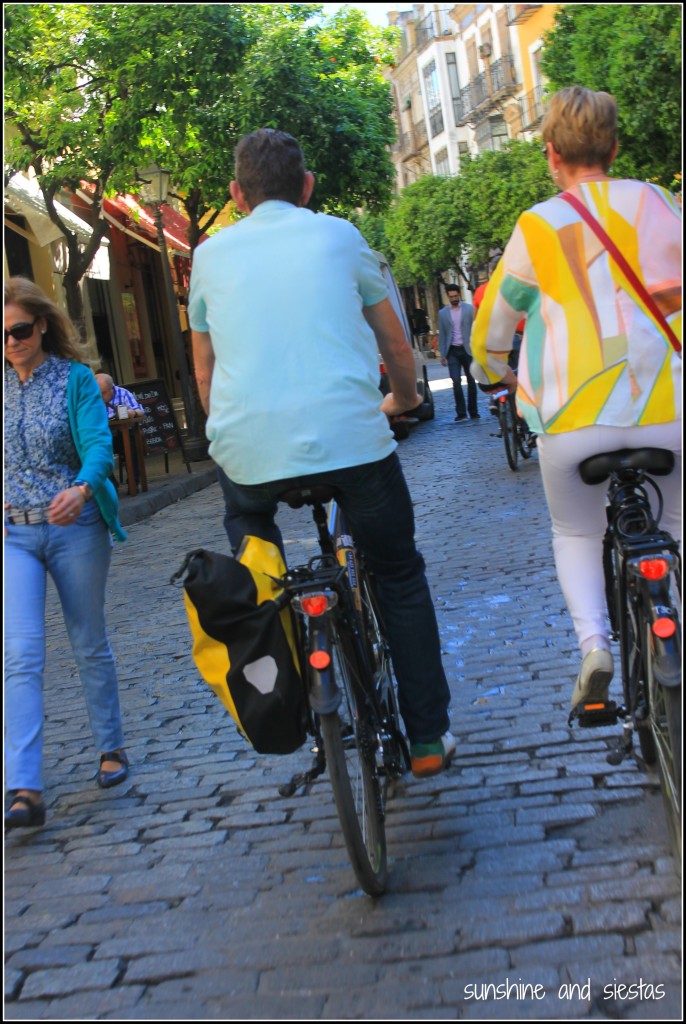
If you rent a bike, you can use the city’s nearly 100 kilometers of bike lanes to take you from just about Pedragalejo past famed Playa de la Malagueta, to the city center and as far west as the Diputación de Málaga.
Zaragoza
One of Spain’s largest cities, the capital of Aragón has been giving ciclistas priority throughout most of its urban center for years – and it’s relatively flat, despite the region’s fame for mountains and outdoor activities.
What’s more, the town hall website has numerous resources for cycling fans, including the best routes for both urban treks (including how long it will take you and any bike shops en route) and for those looking for more of a challenge further afield.
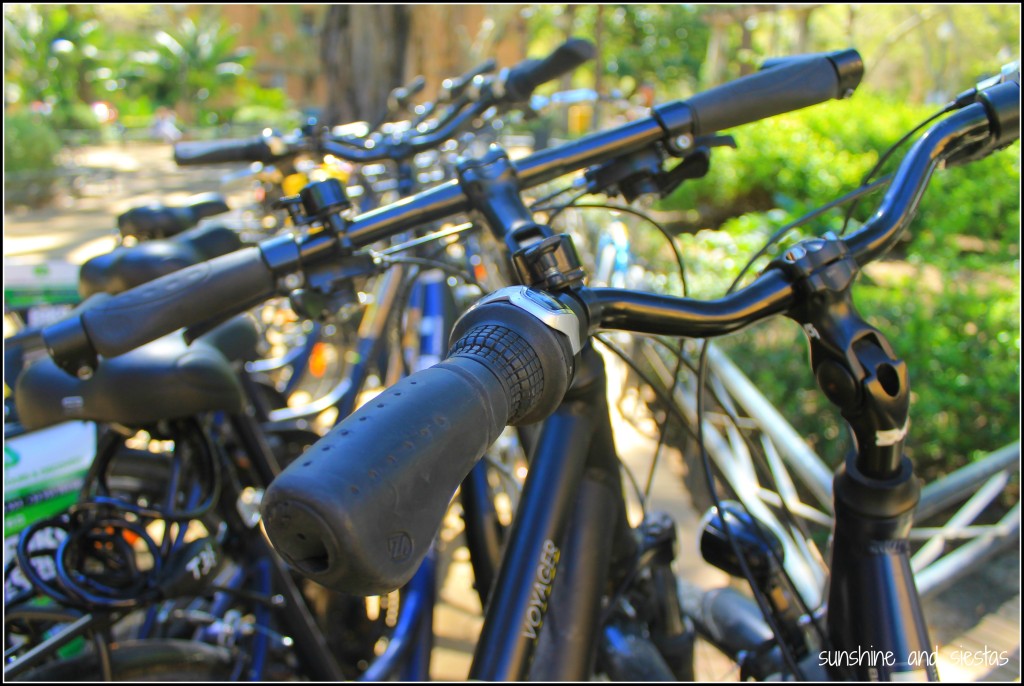
As tourism in Spain surges, many other cities – particularly in the Basque Country and in touristic destinations like the Costas – are expanding their infrastructure to promote safe cycling for locals and visitors alike. A word to the wise: remember that, as a vehicle under penal law, you are subject to the same laws as a driver. This means no cycling after knocking back six botellínes or riding through a stoplight when no one is coming. Helmets aren’t required but strongly recommended.
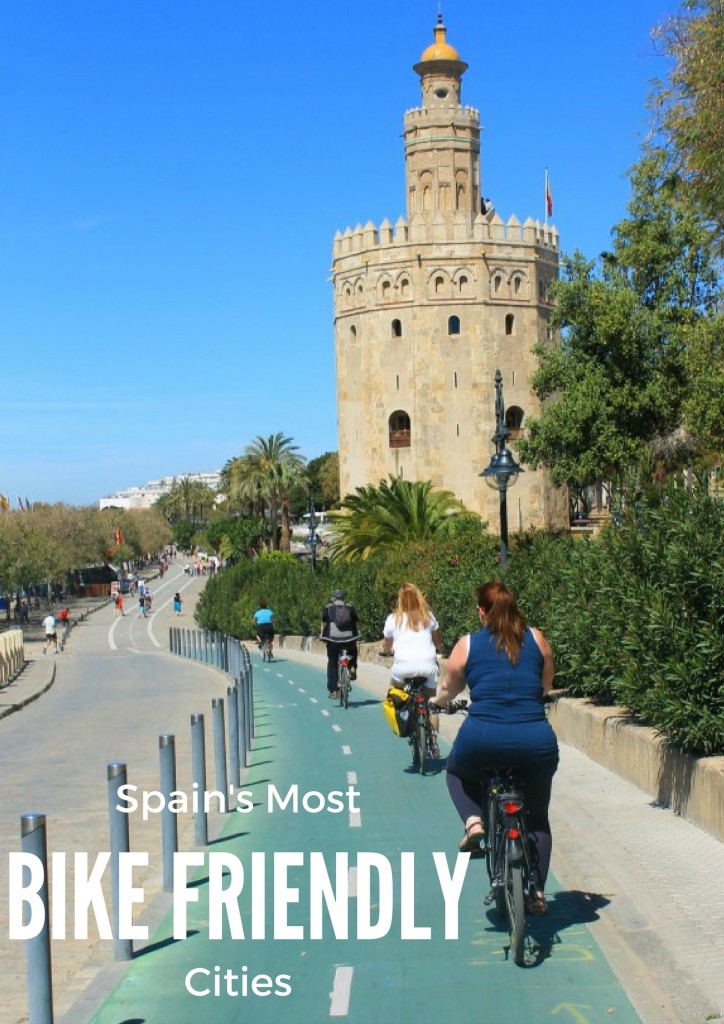
These days, the only sightseeing I’m doing is to the doctor’s office or pharmacy, but my legs are aching to be back on my cruiser, Feliciano. That is, once I’ve bought a bike seat for Microcín!
Have you ever rented a bike in Spain or done a cycling tour? I’d love to hear about it!
